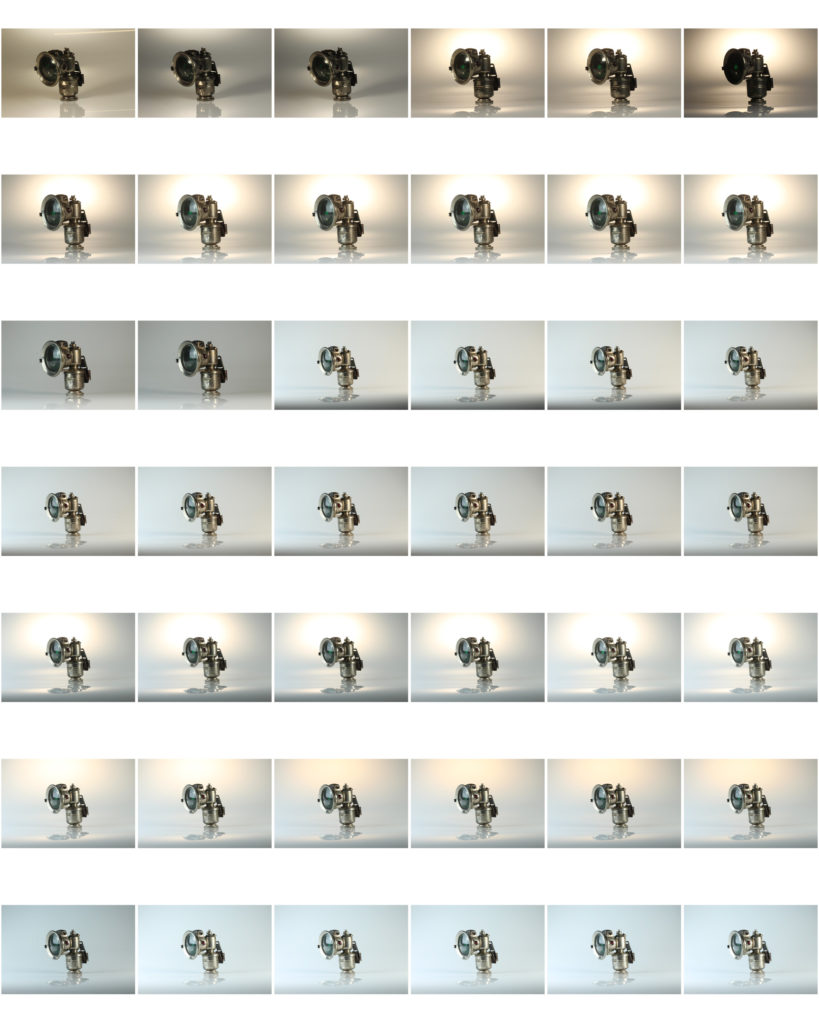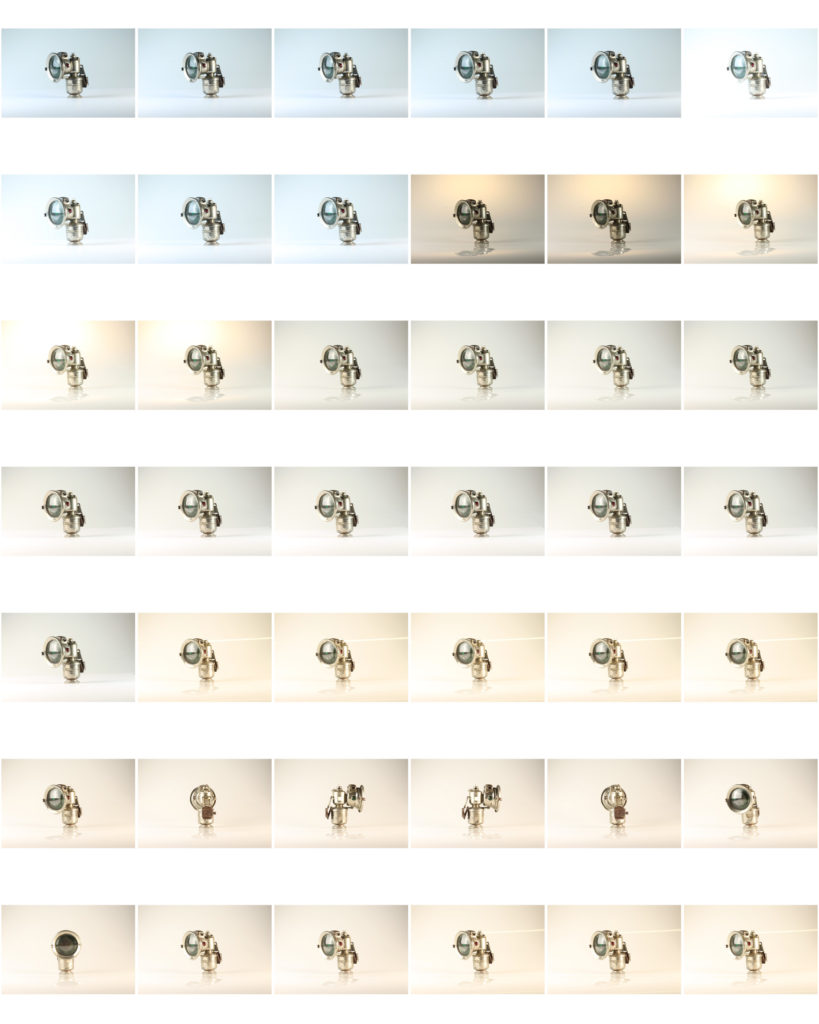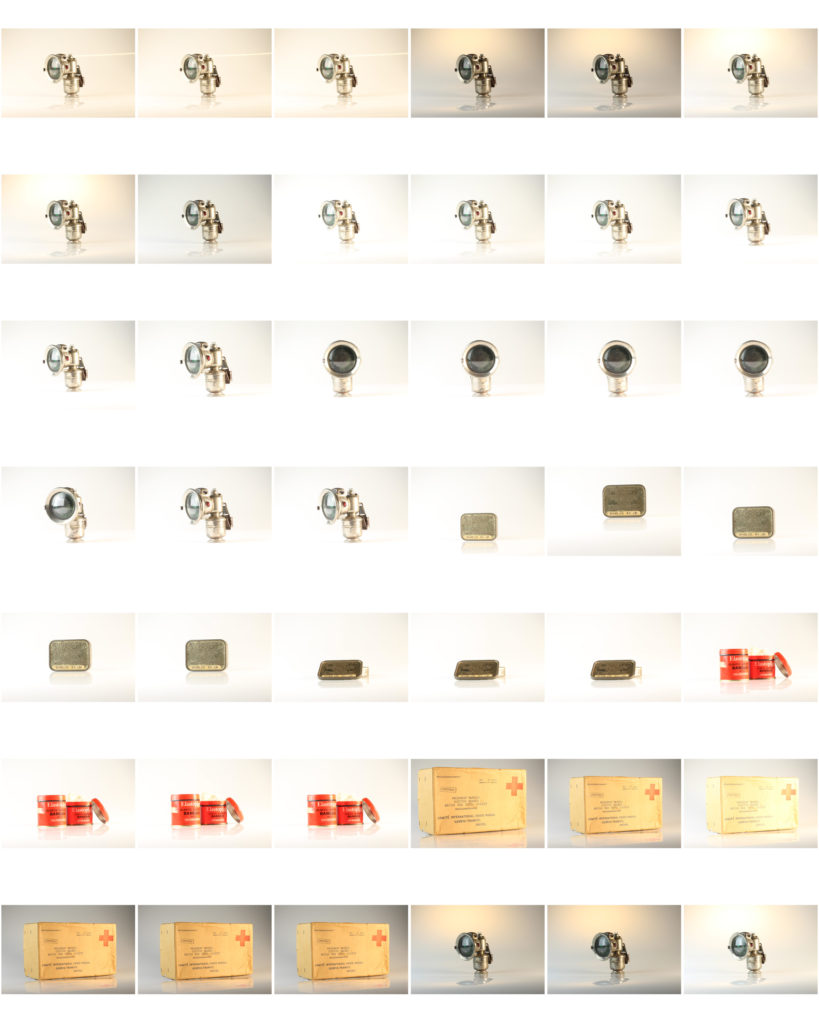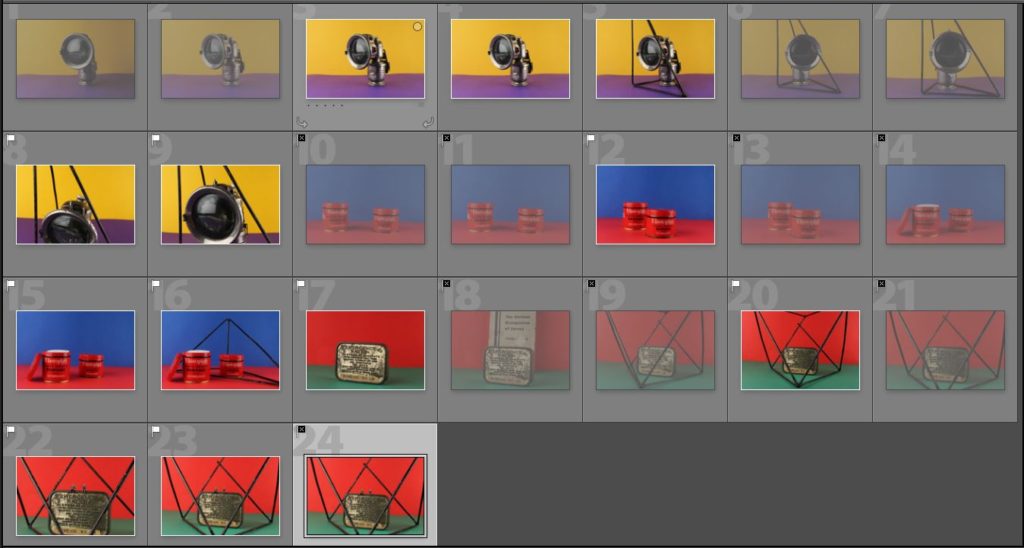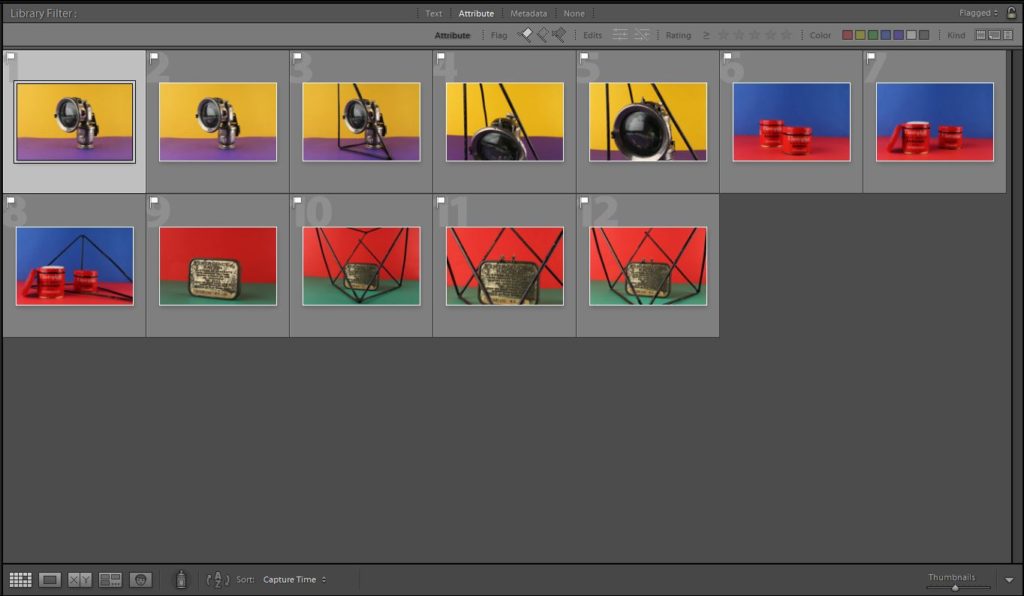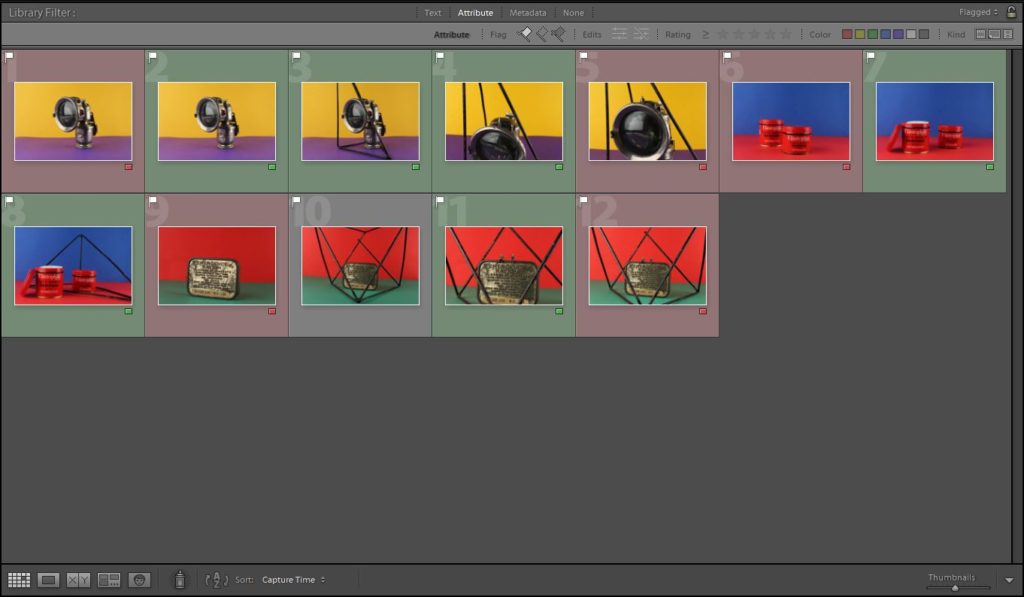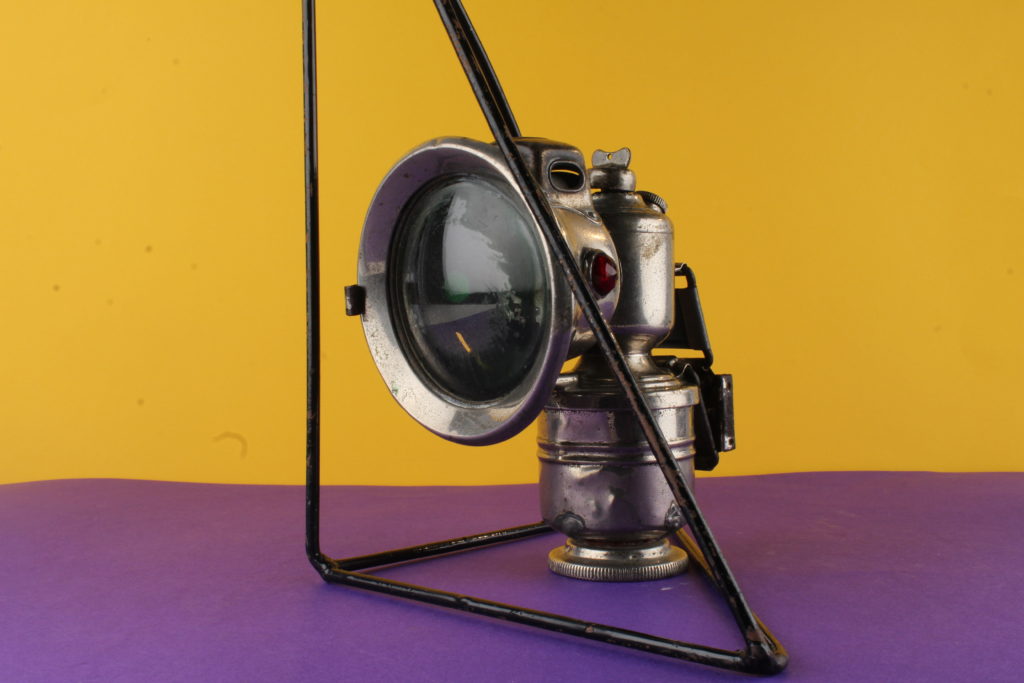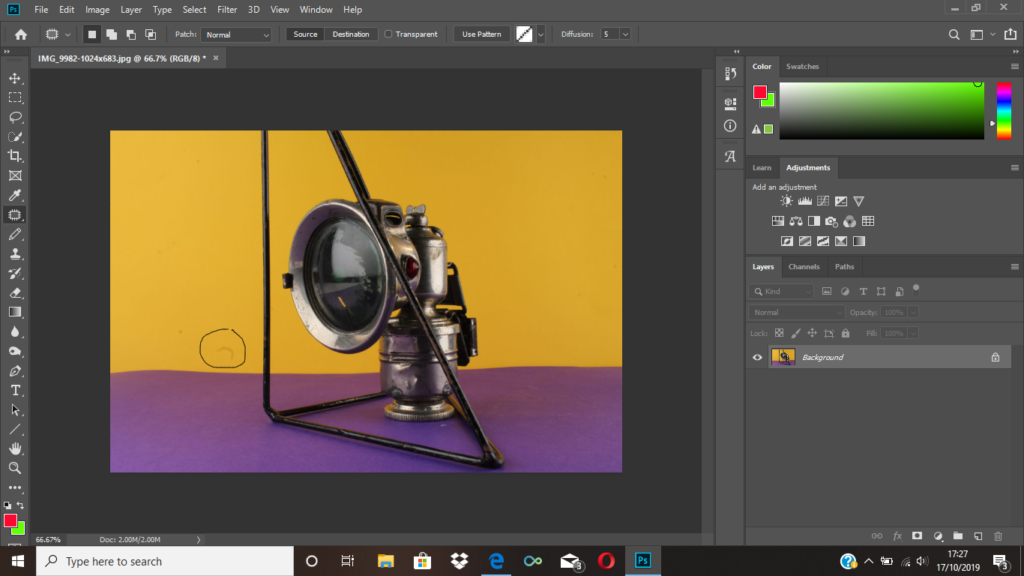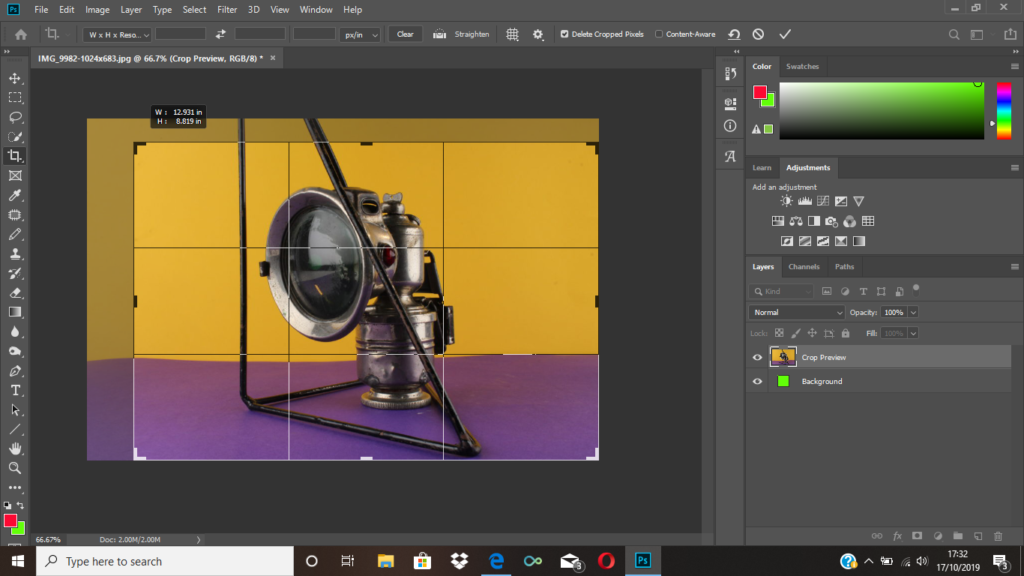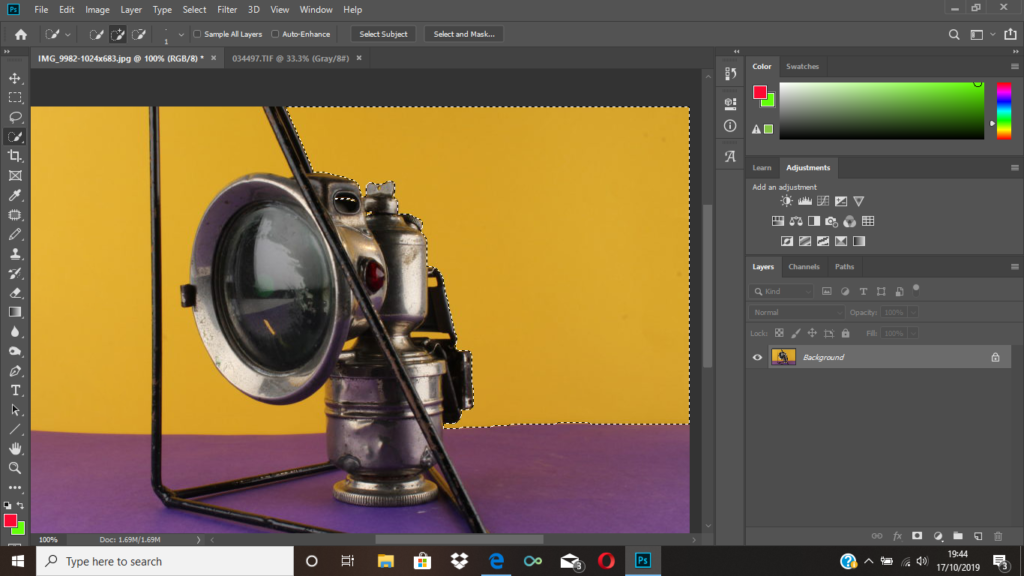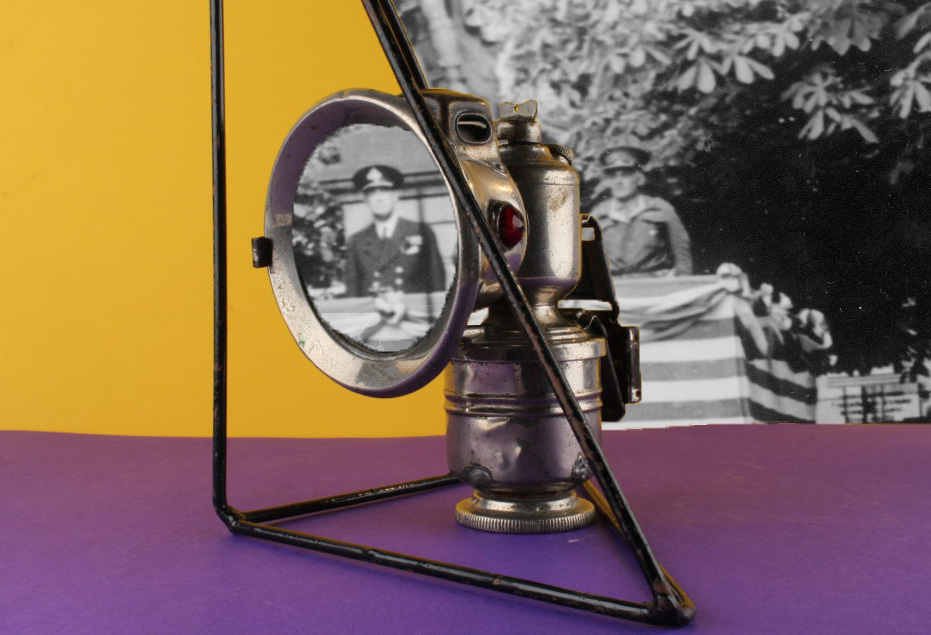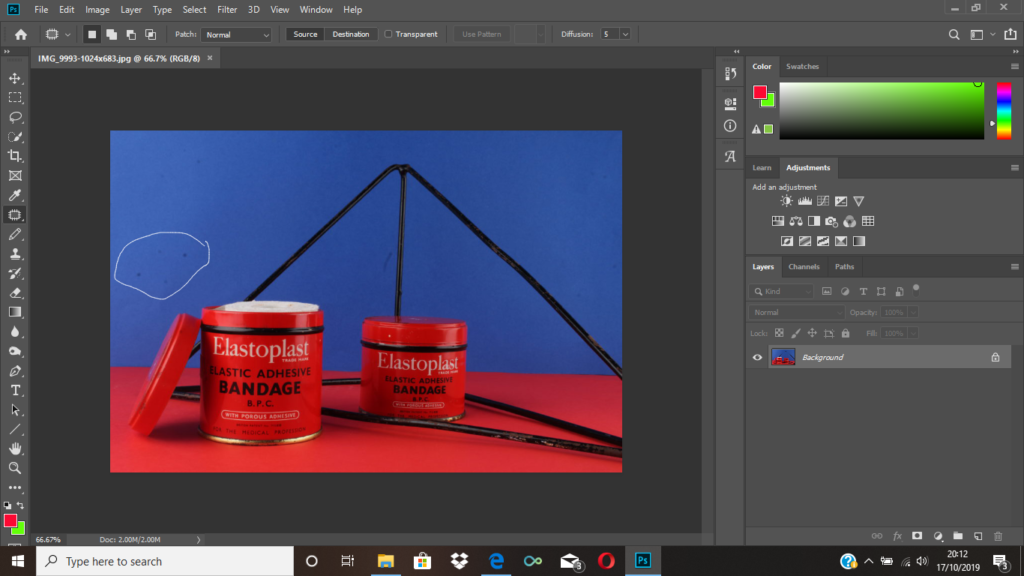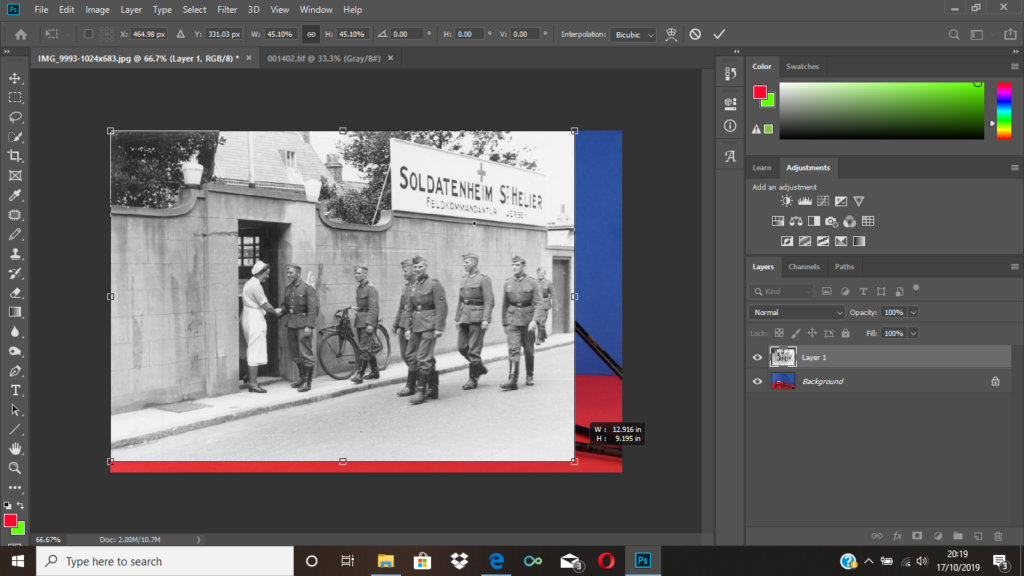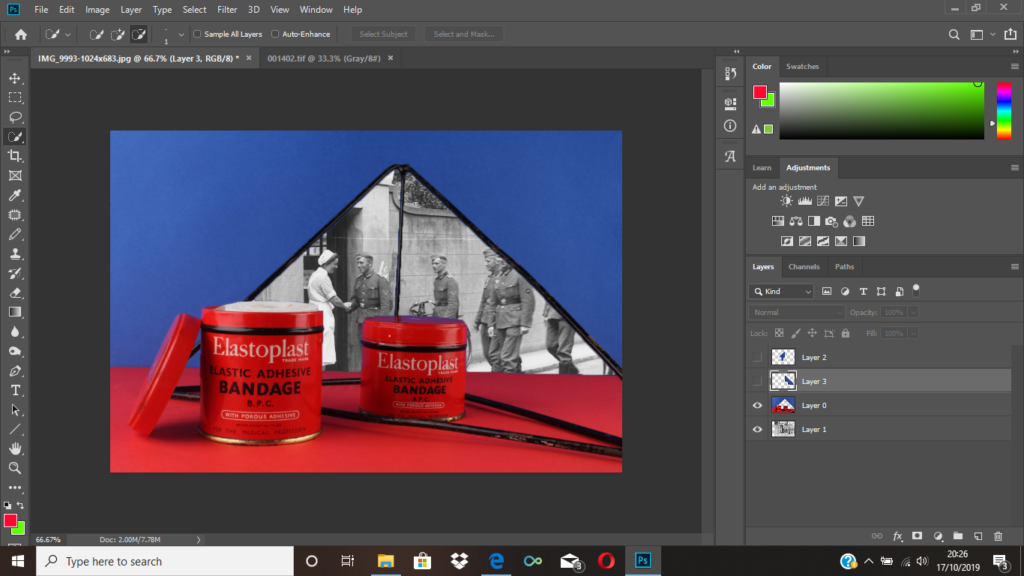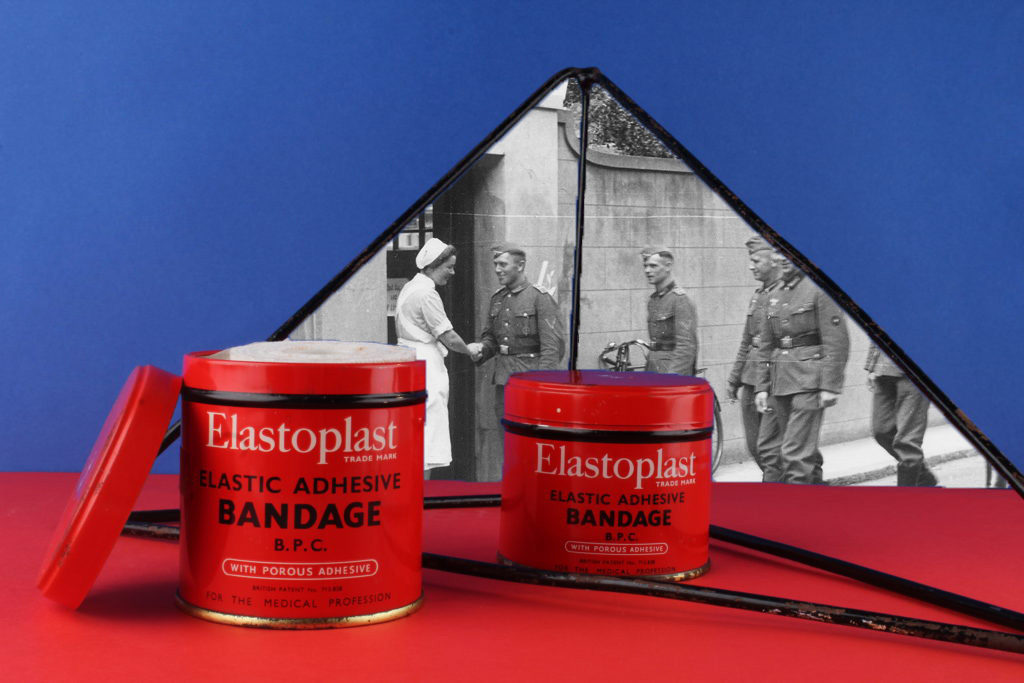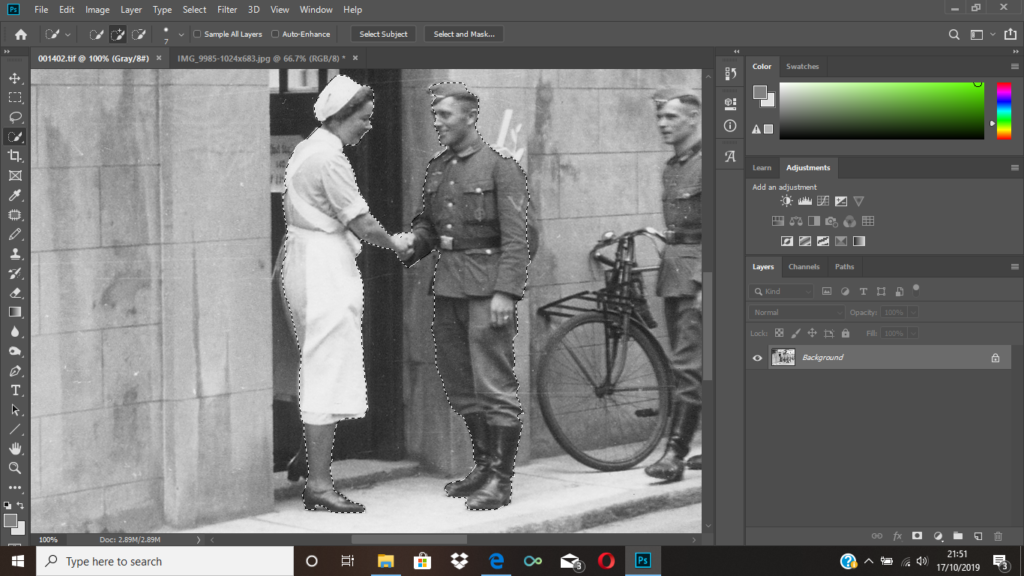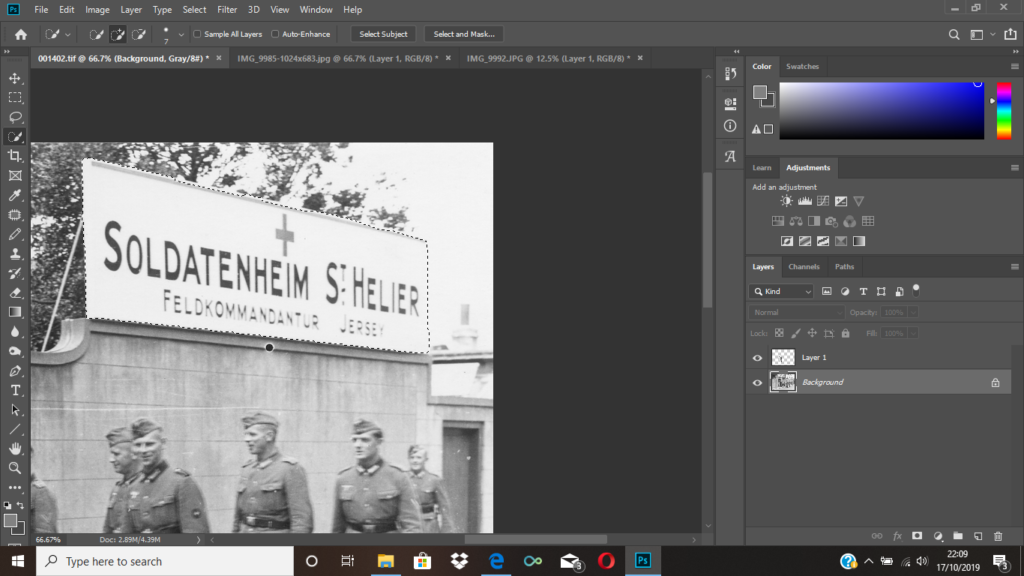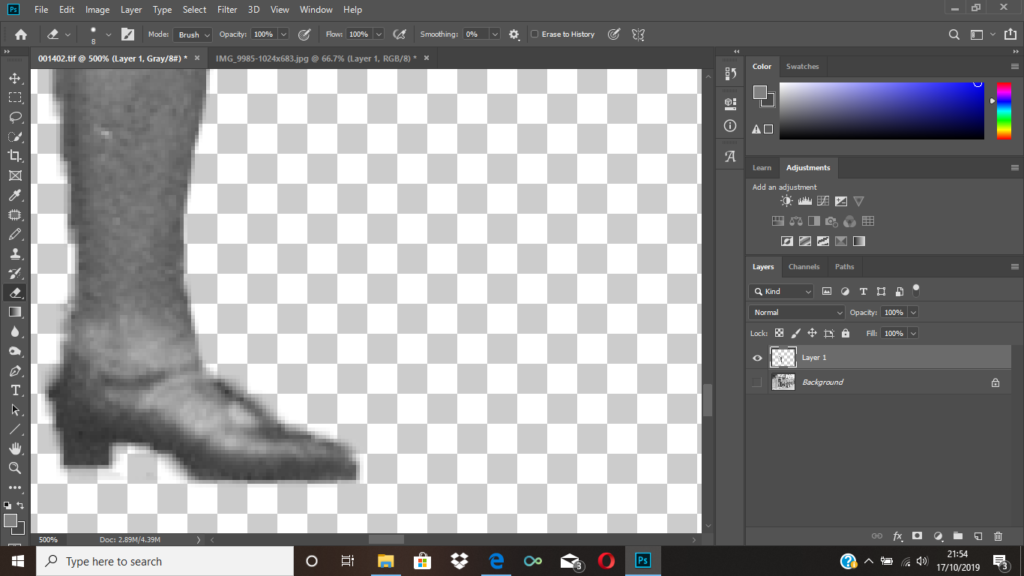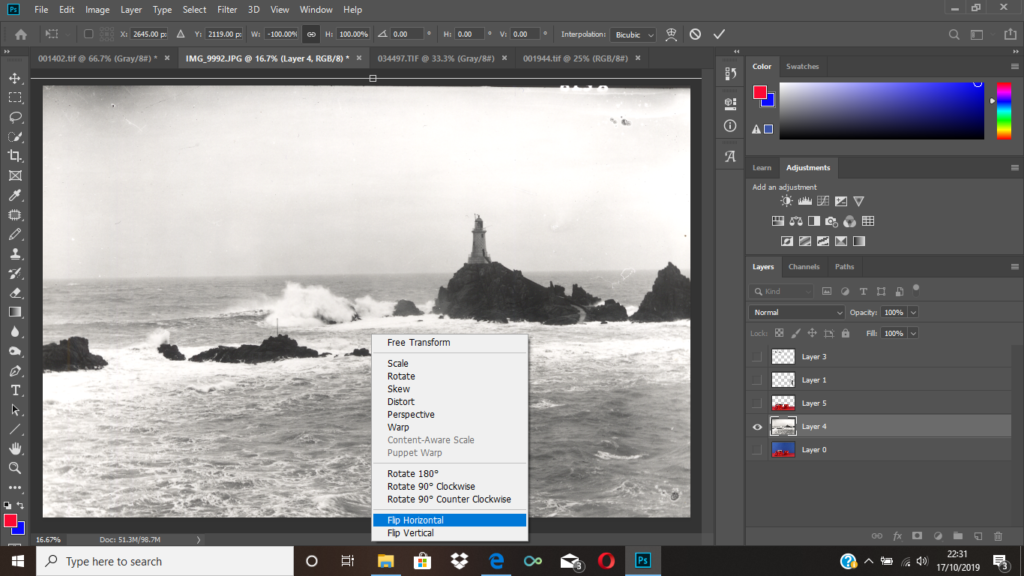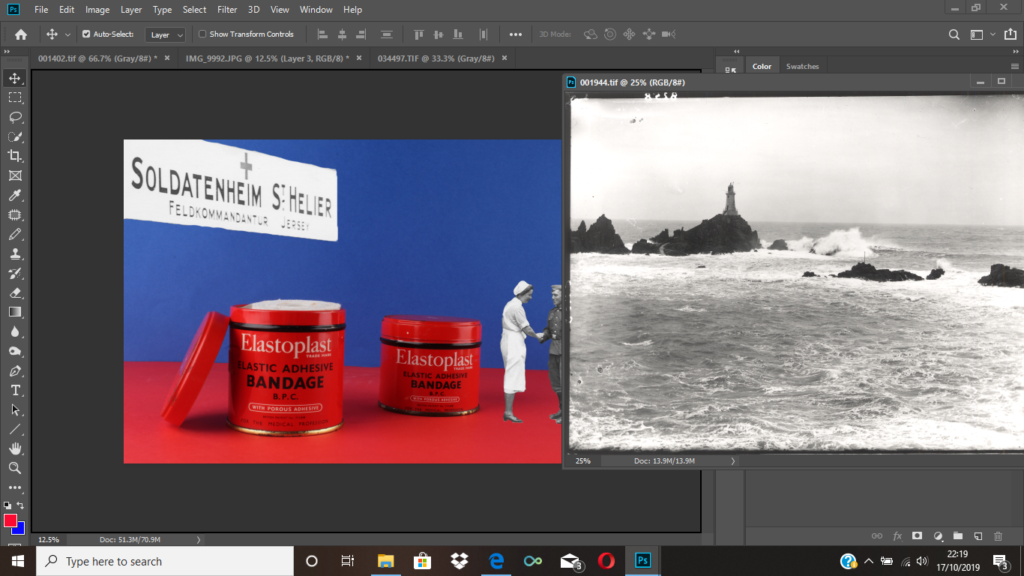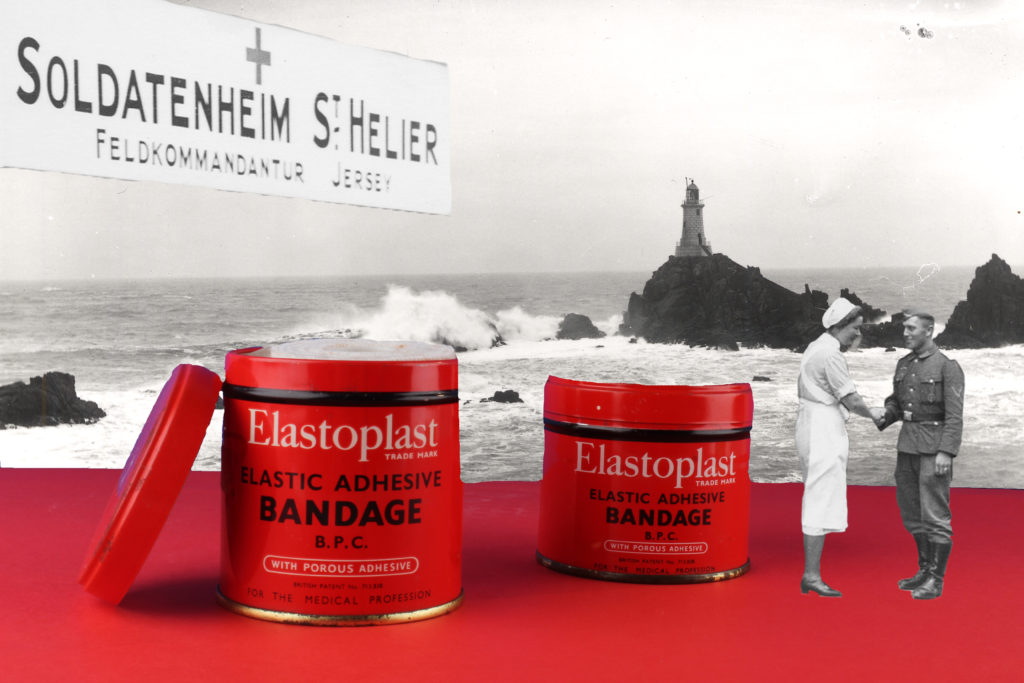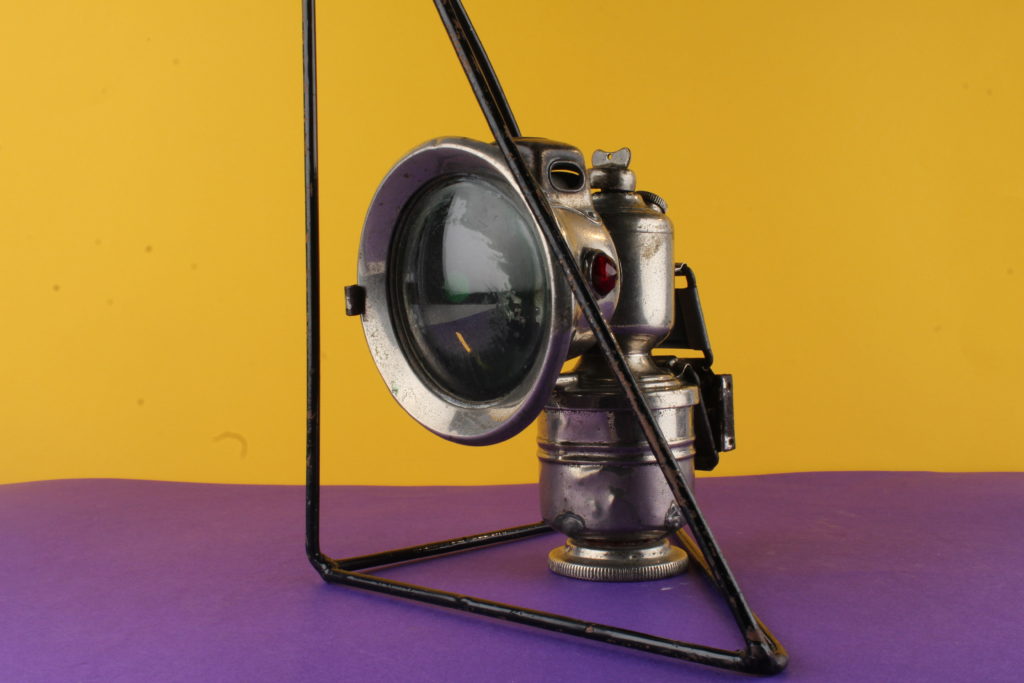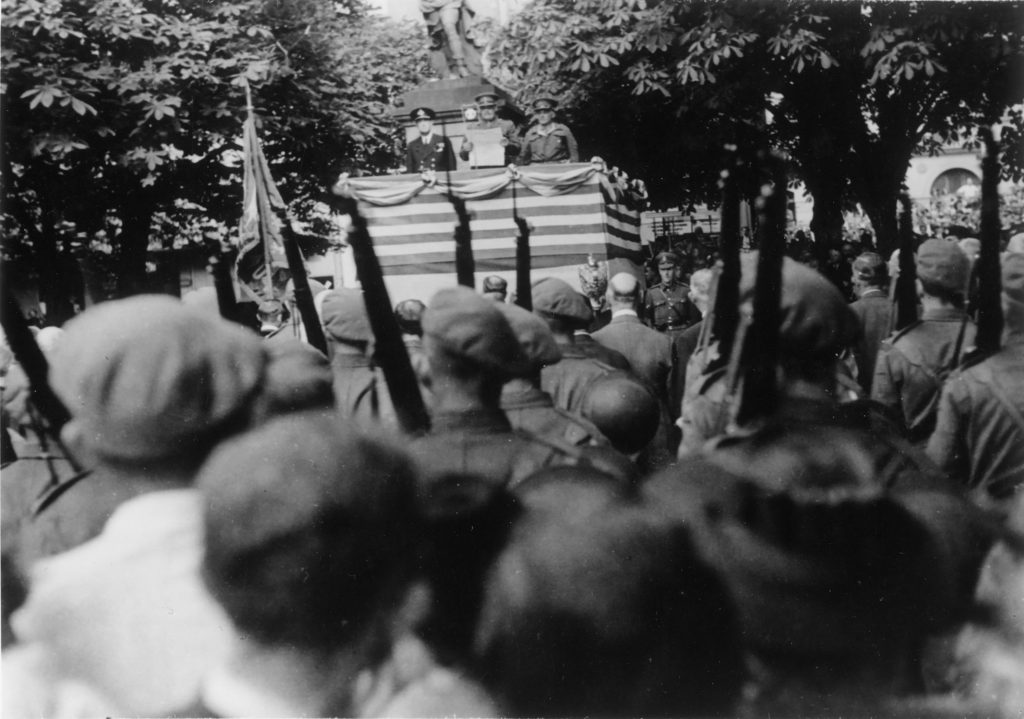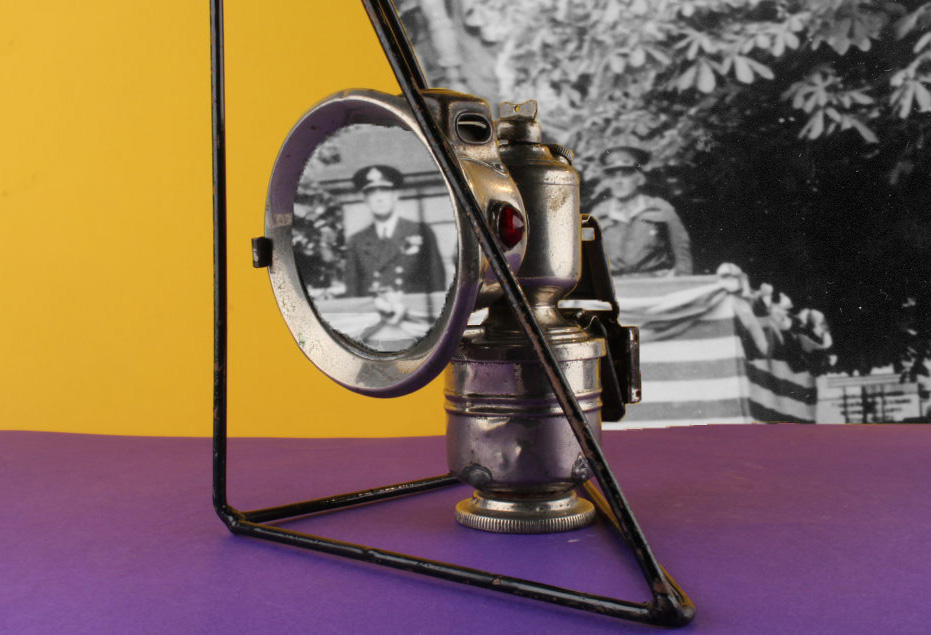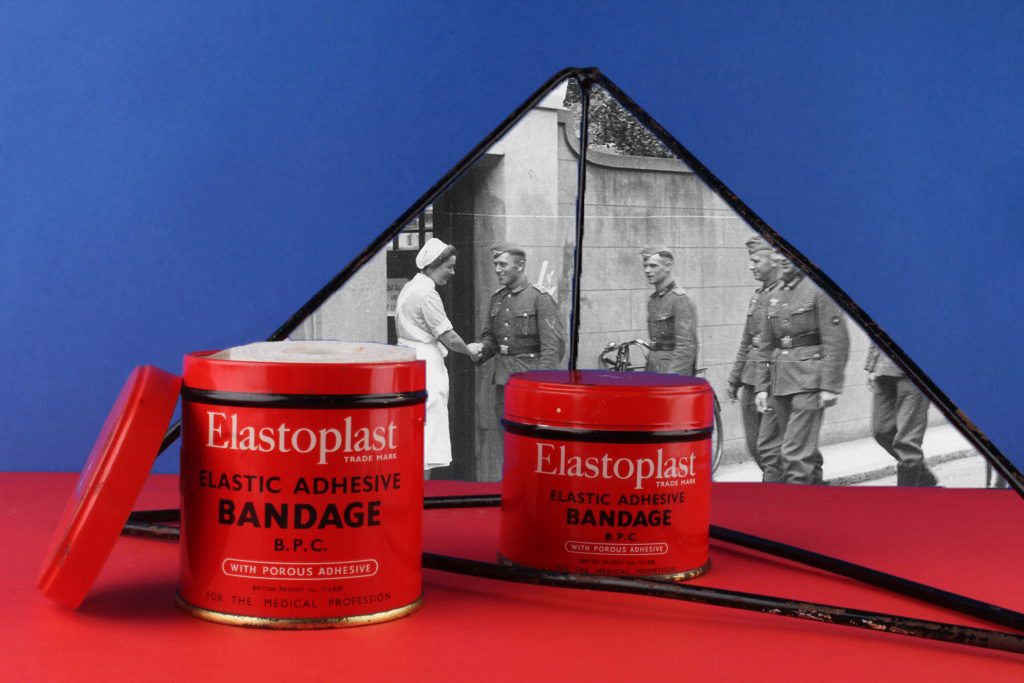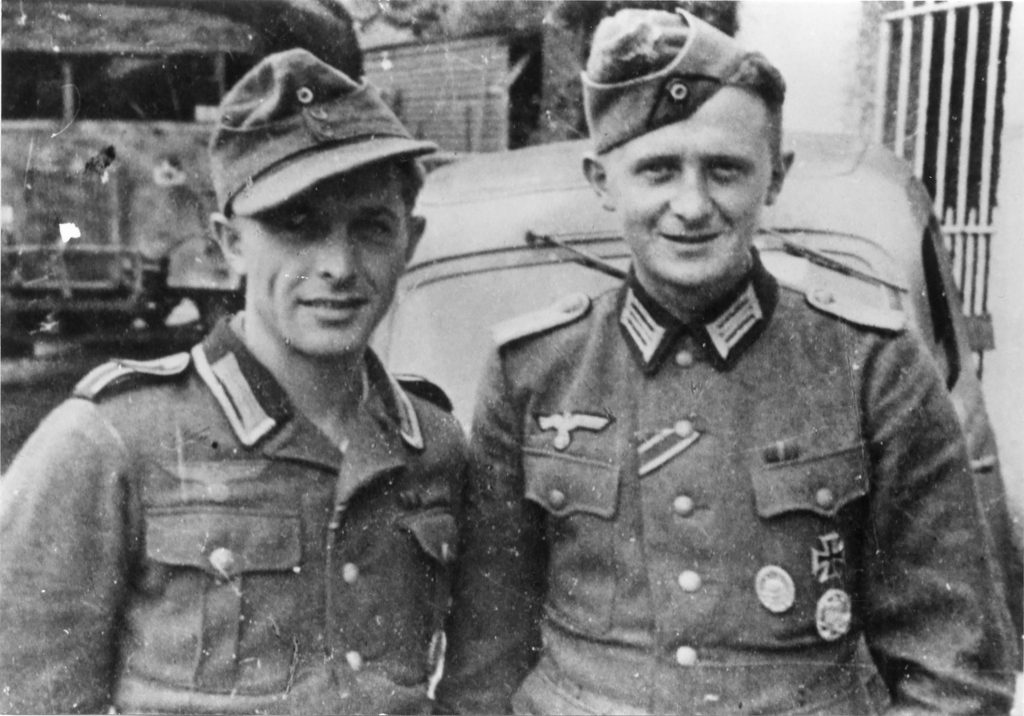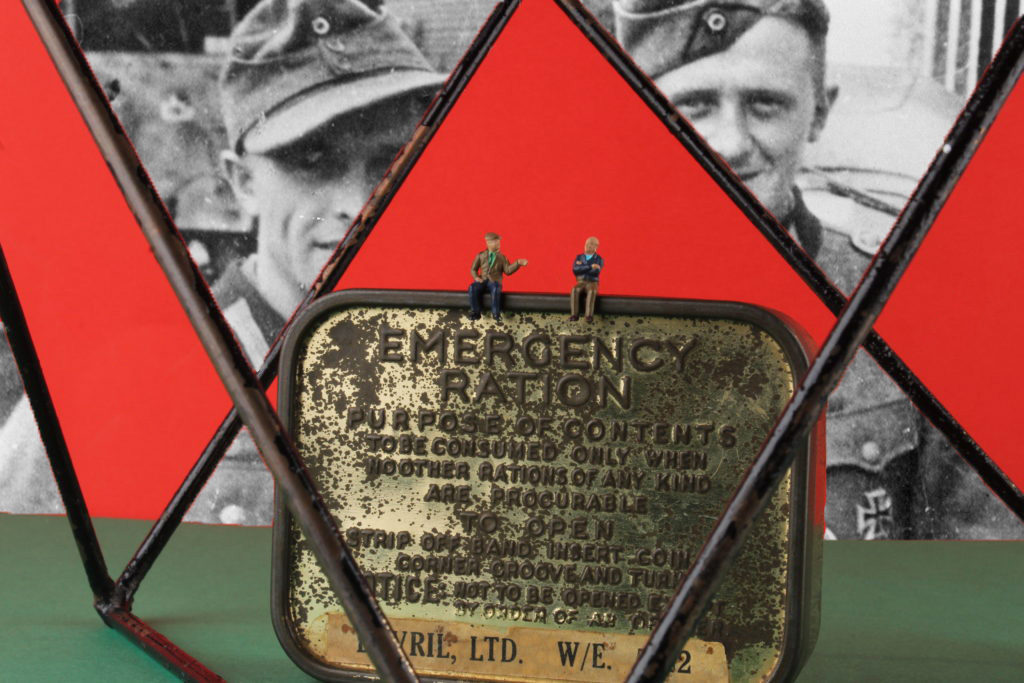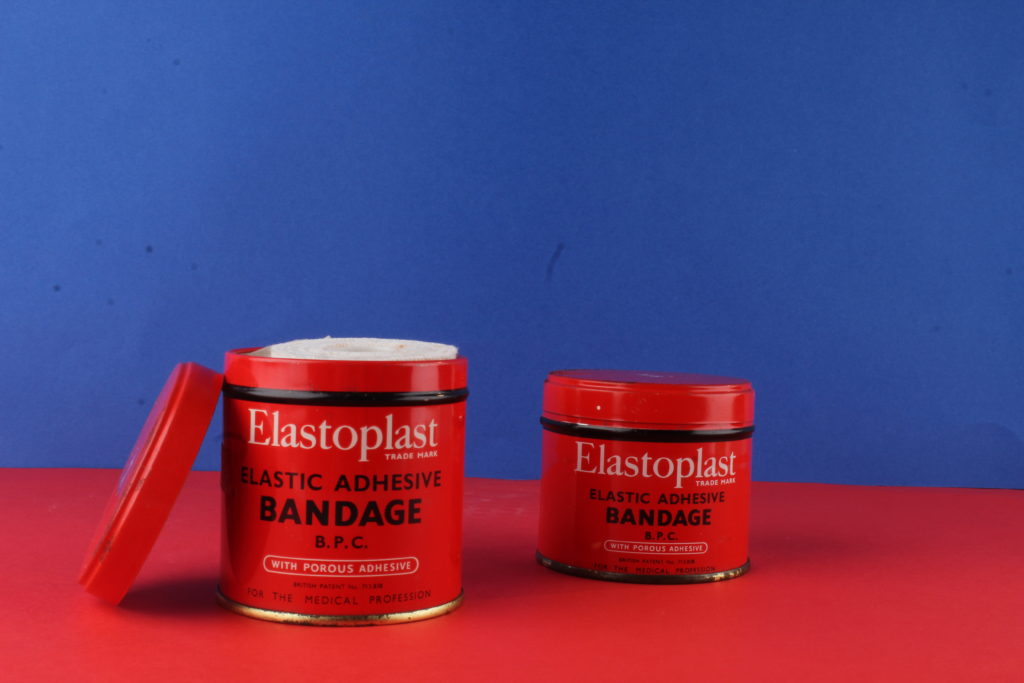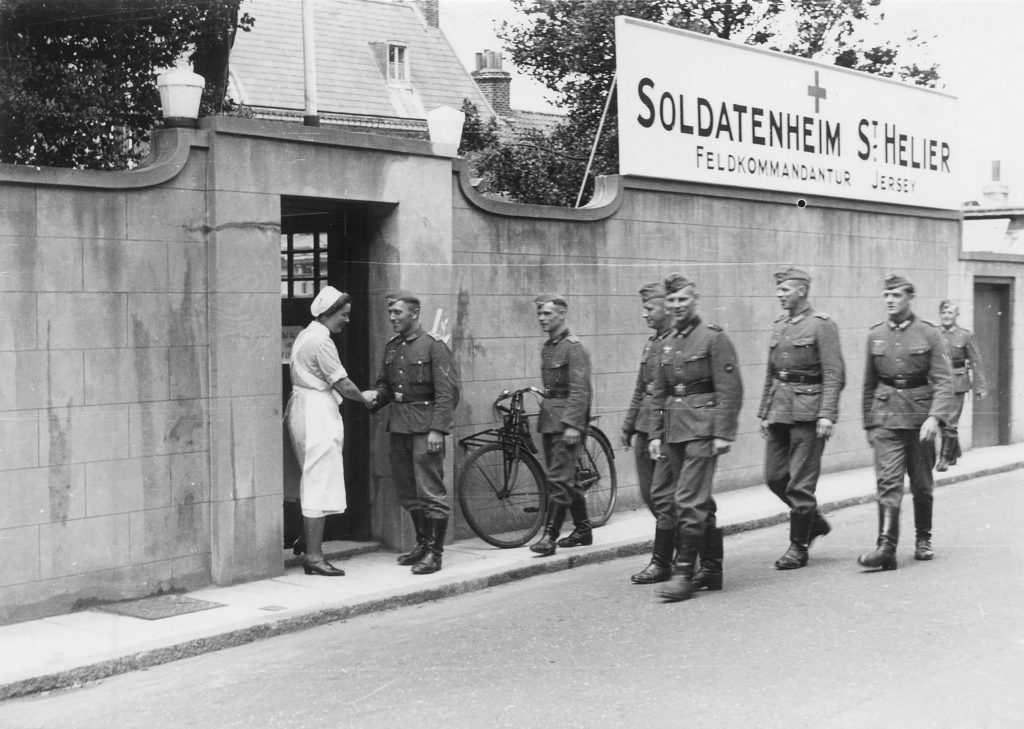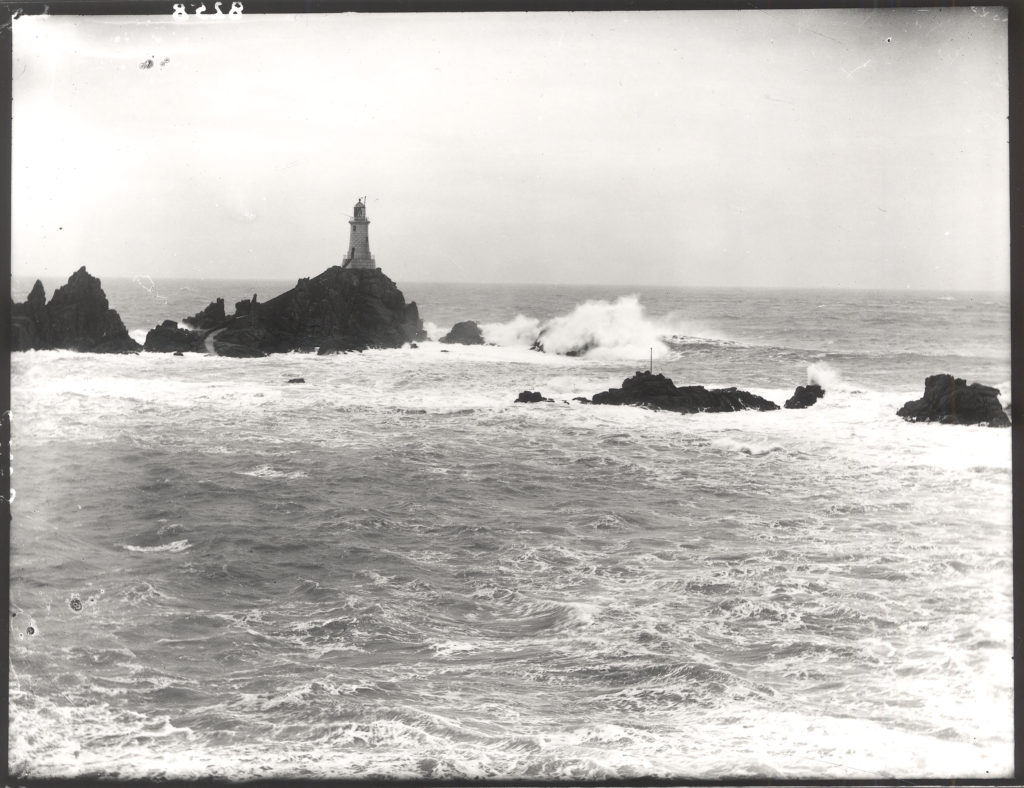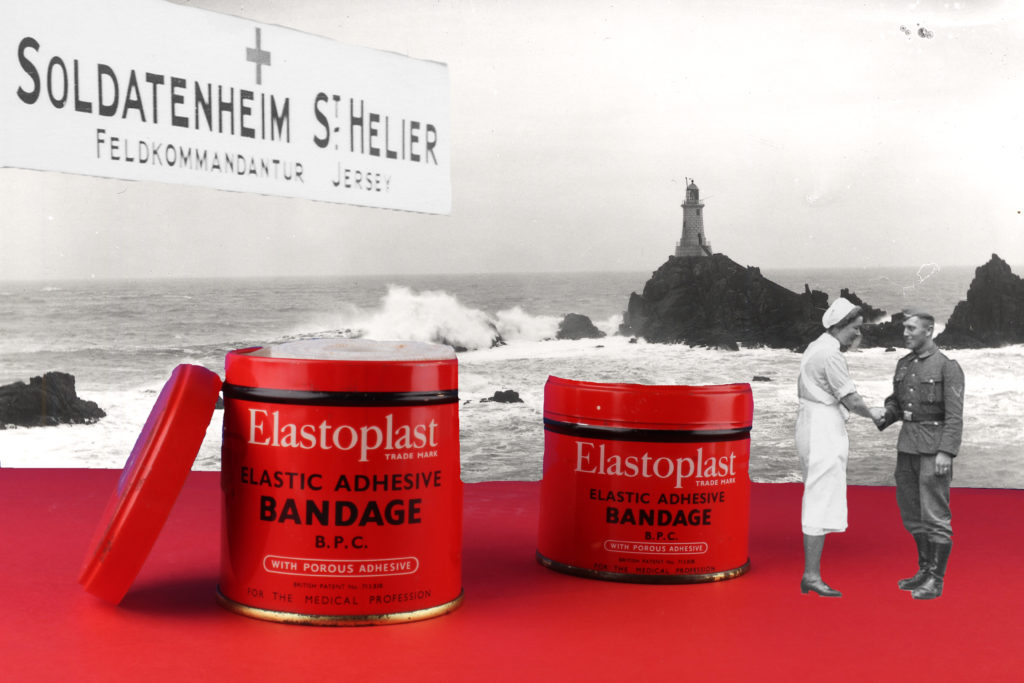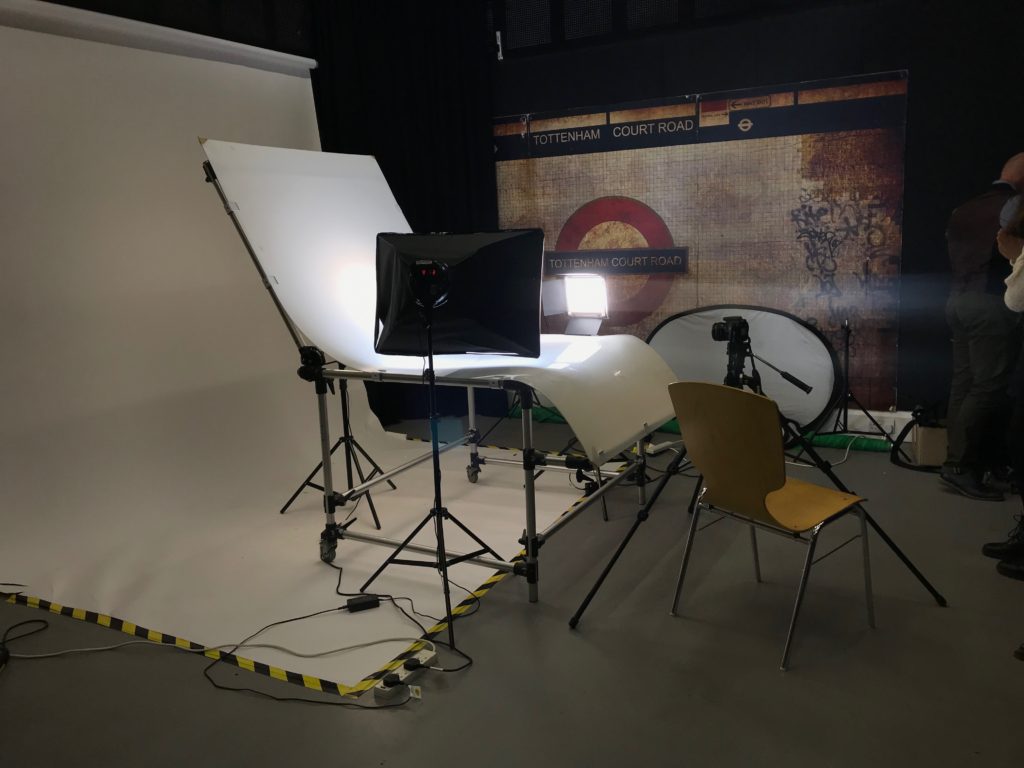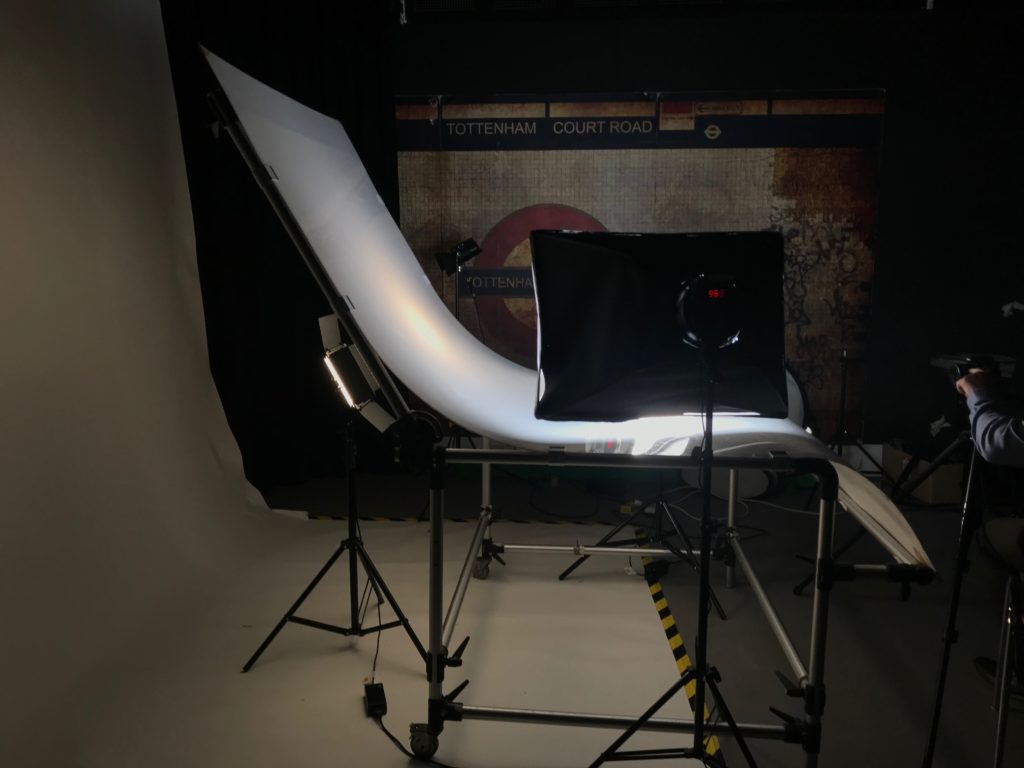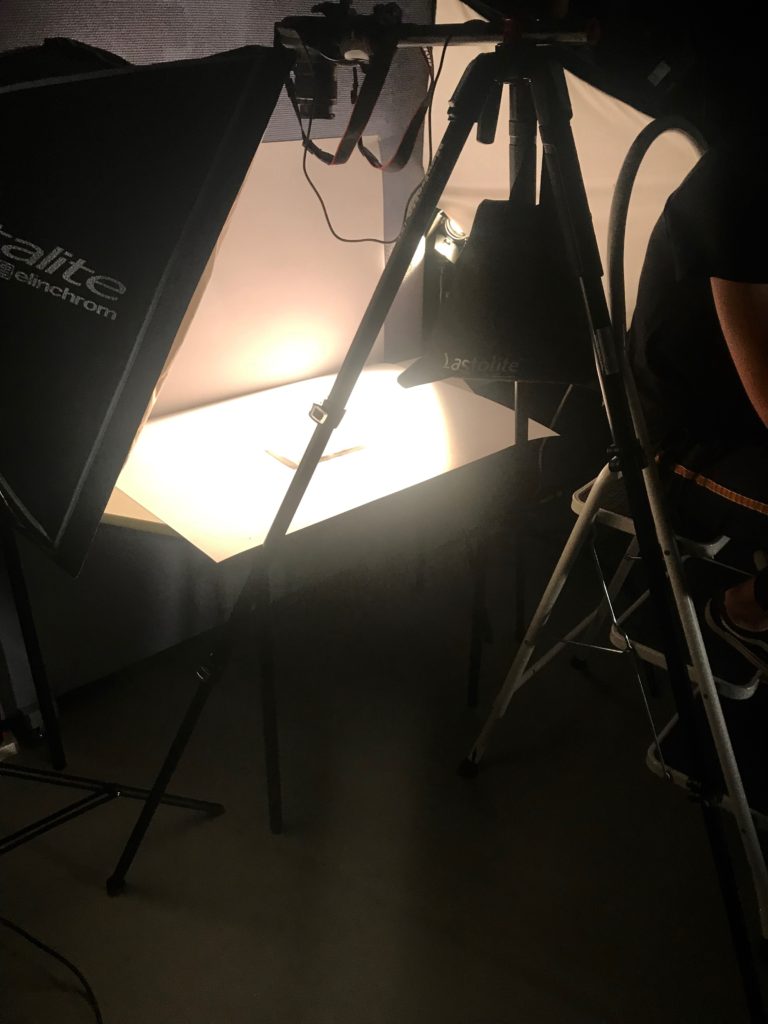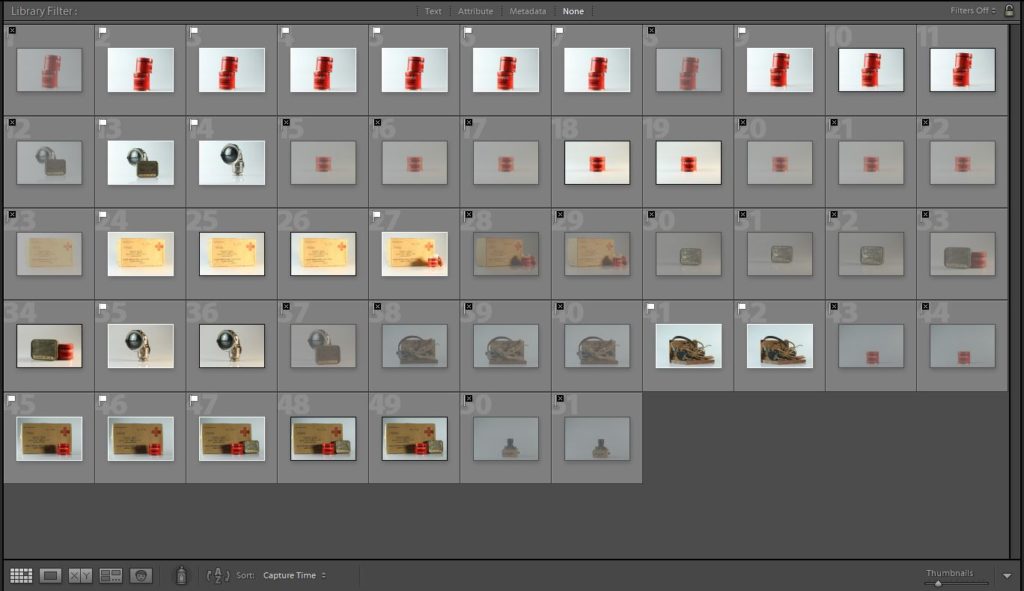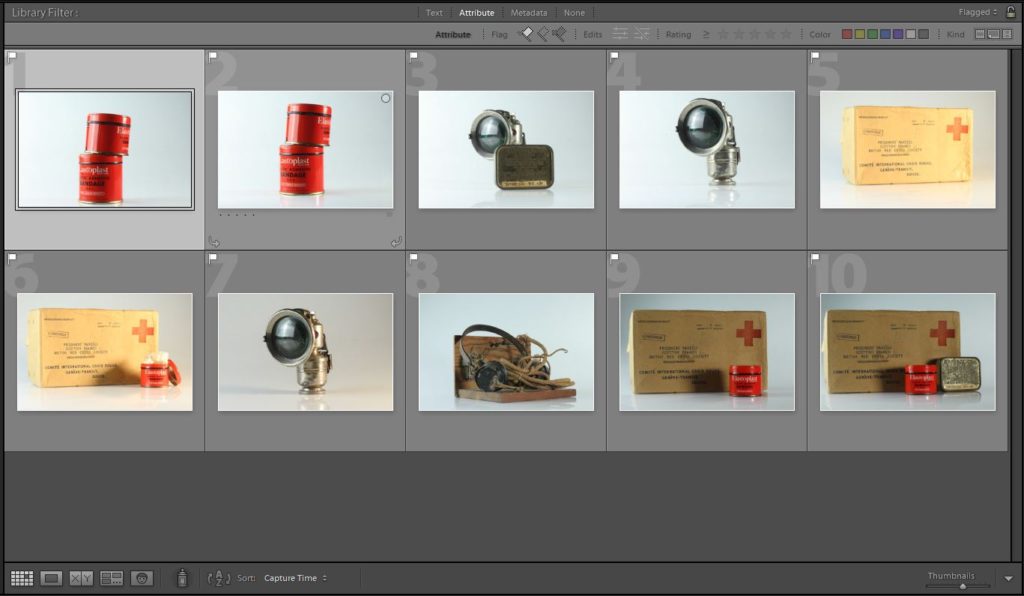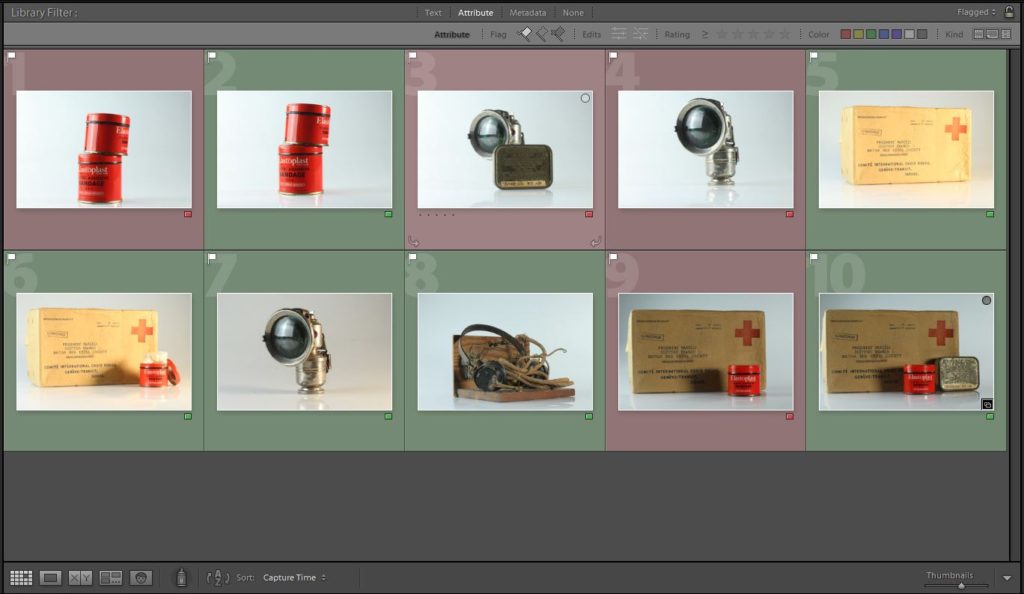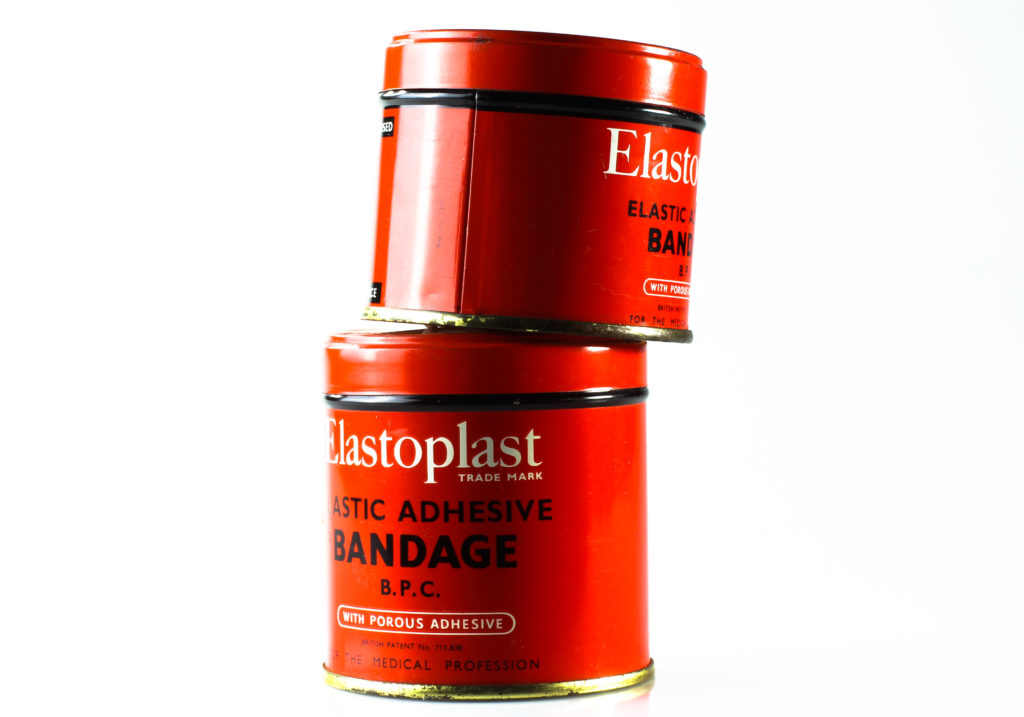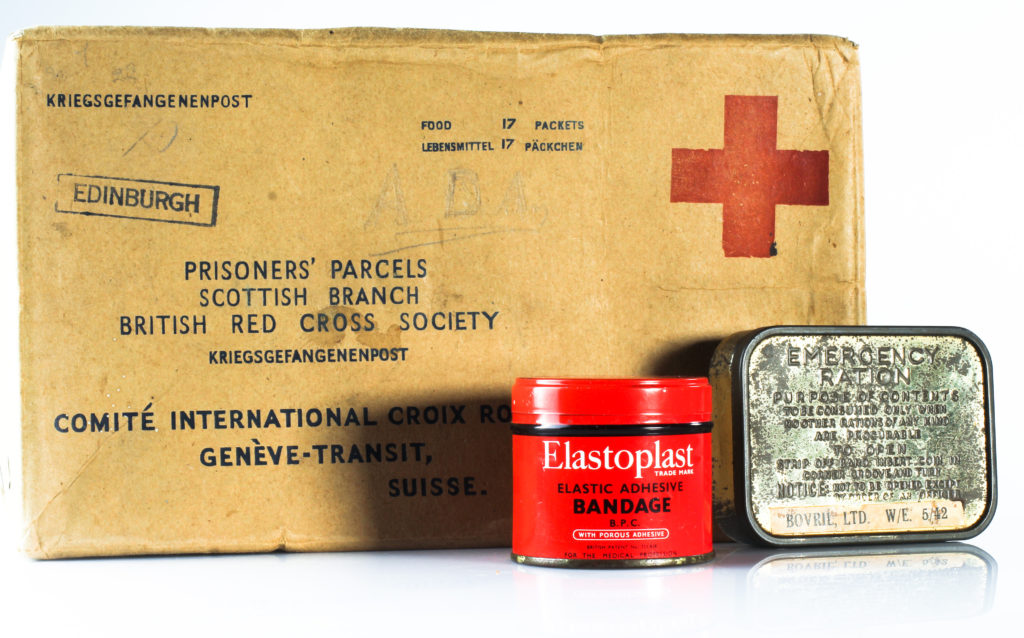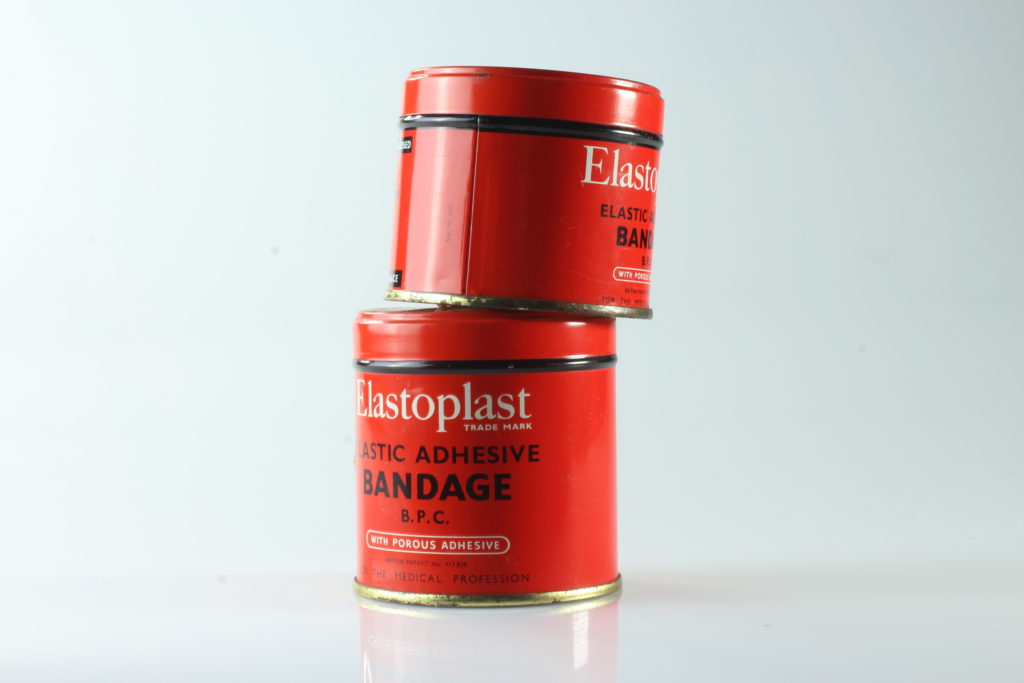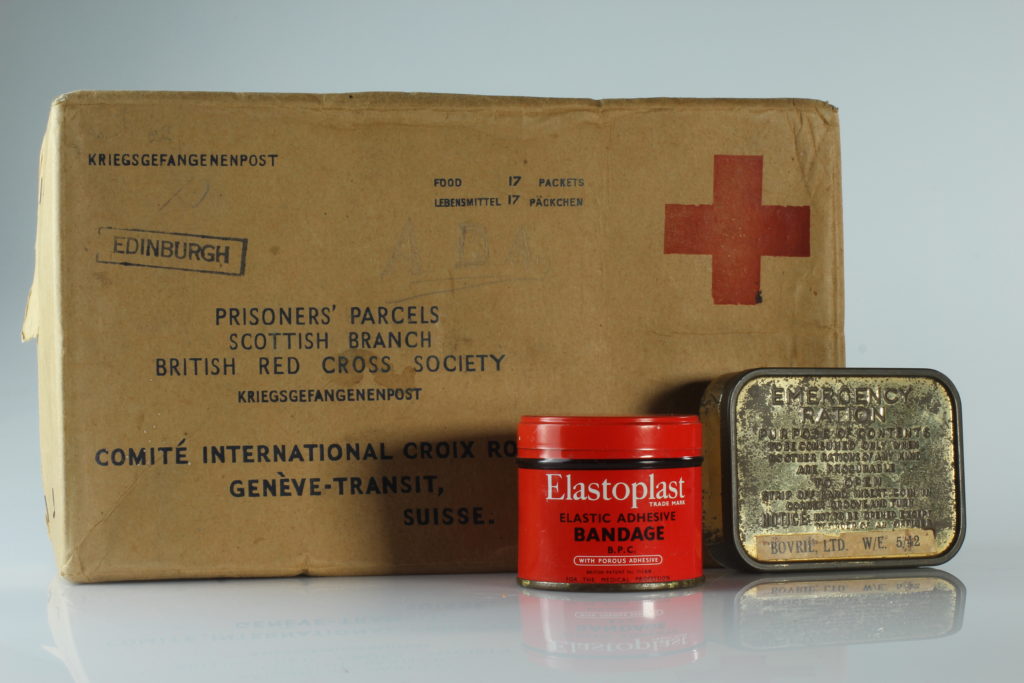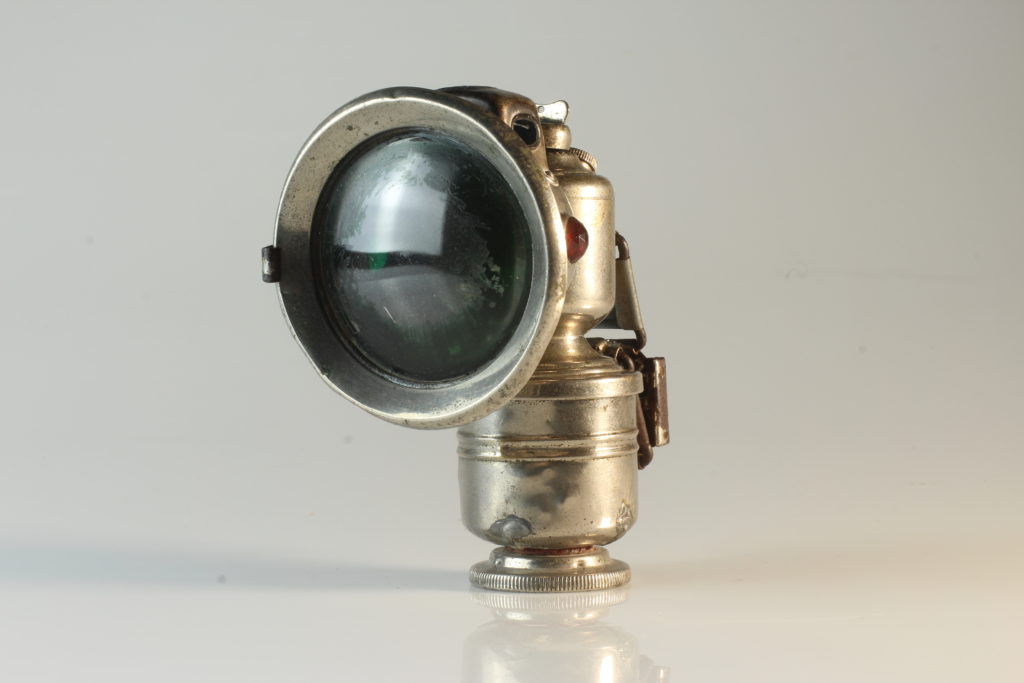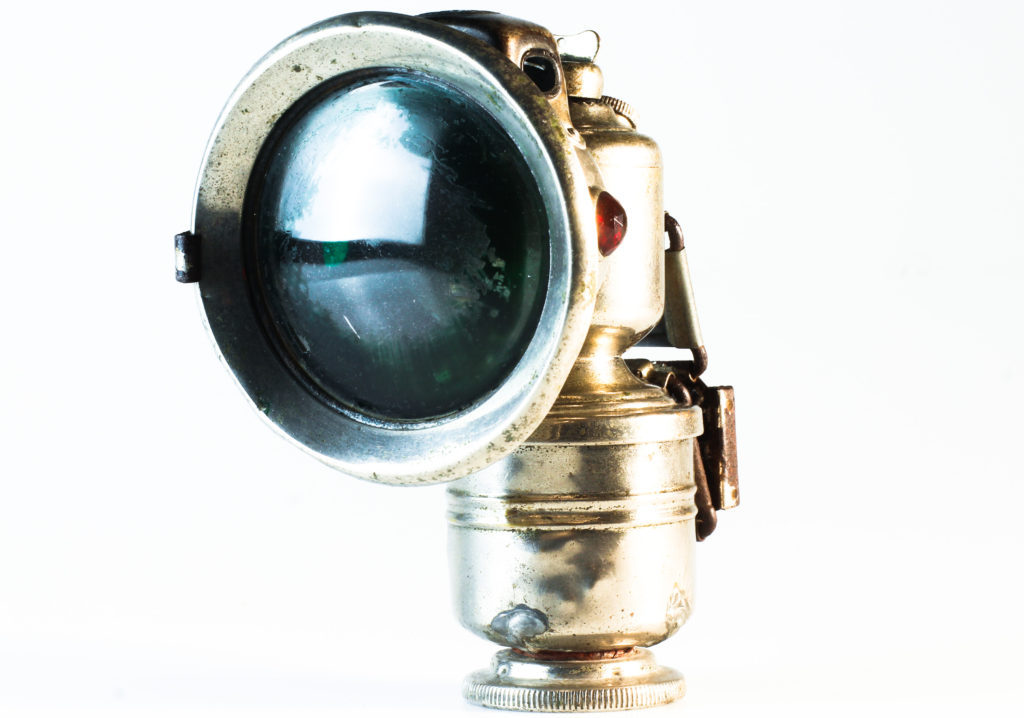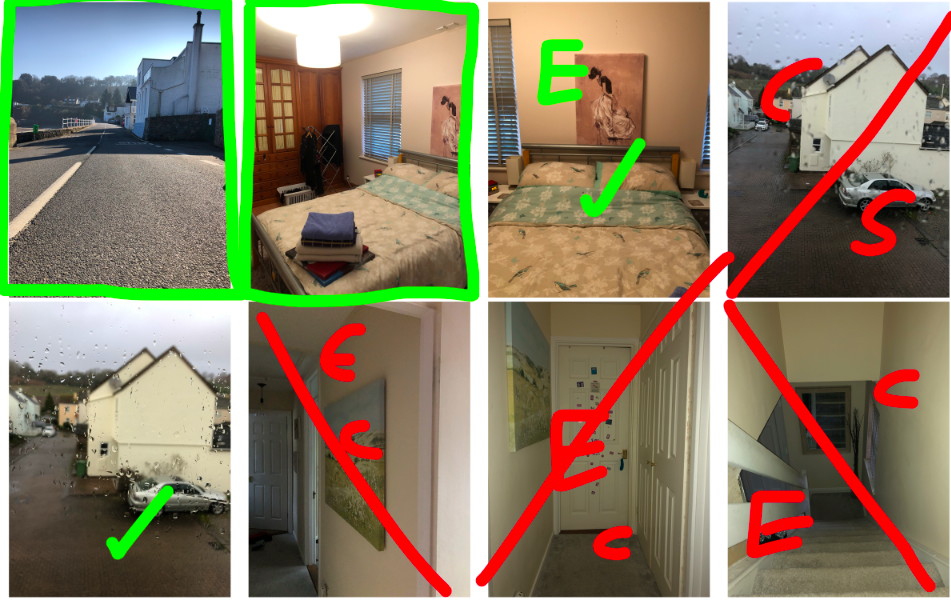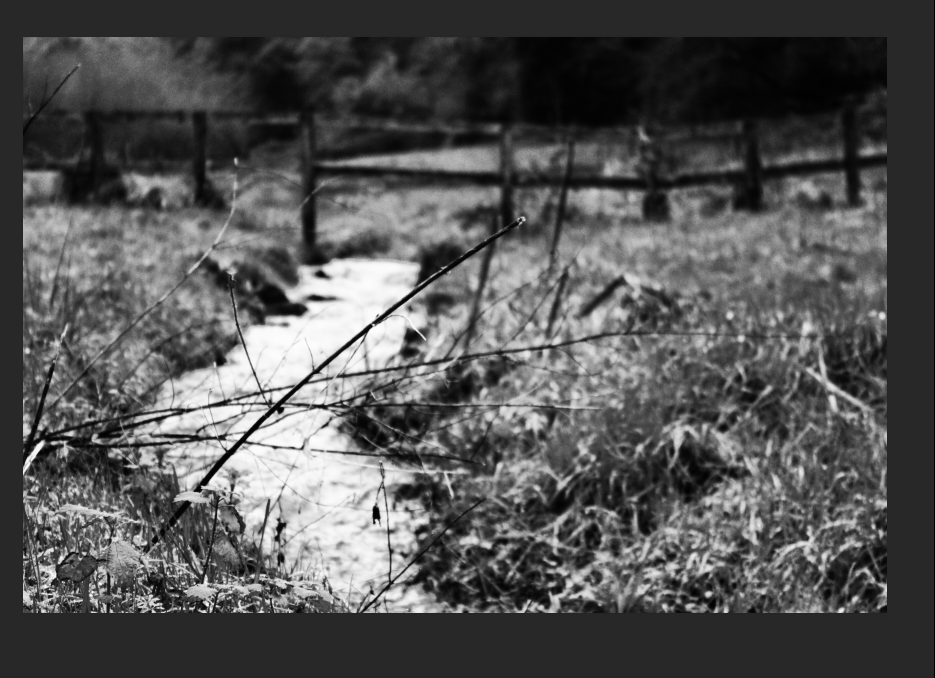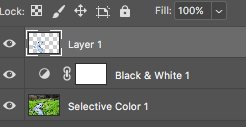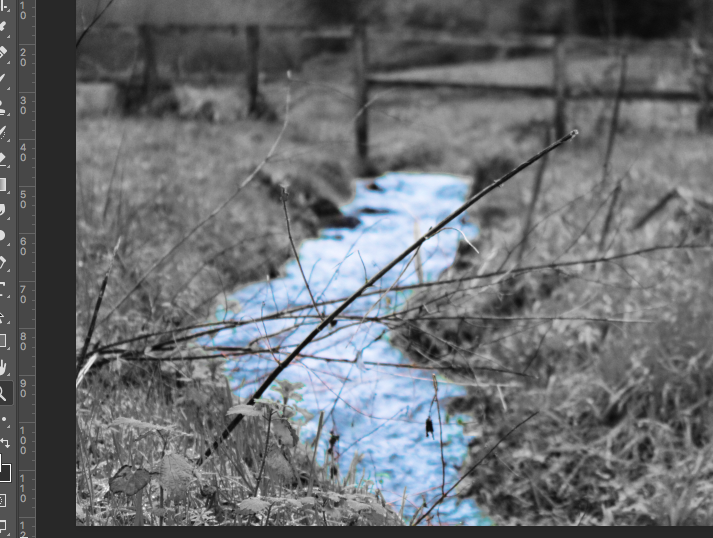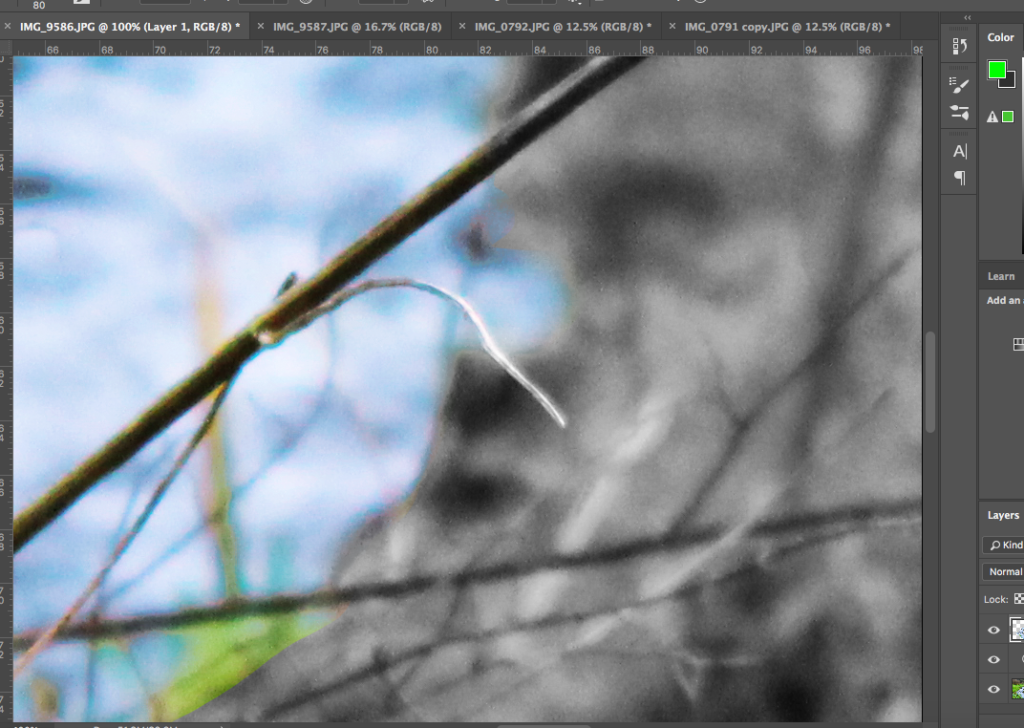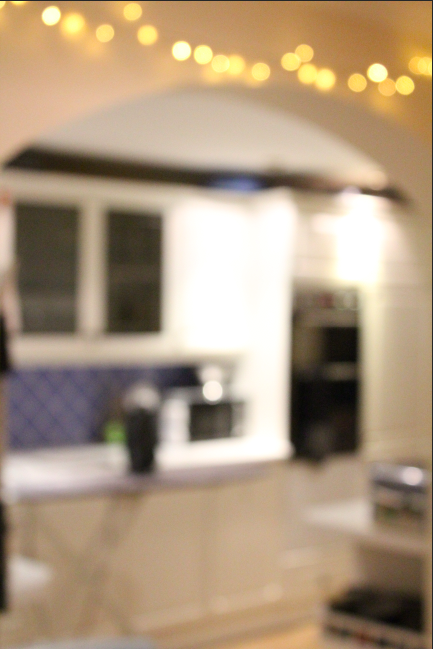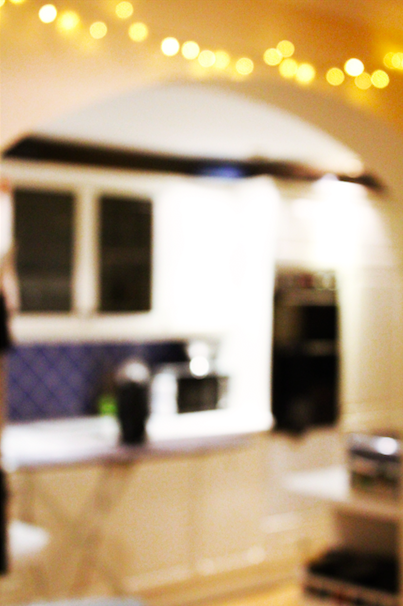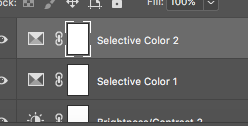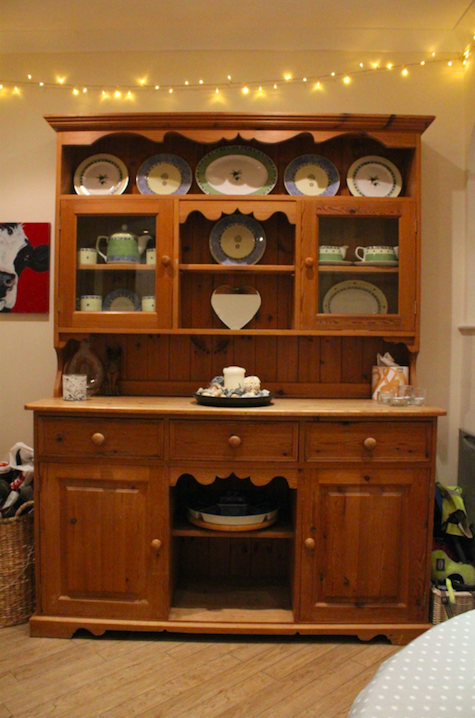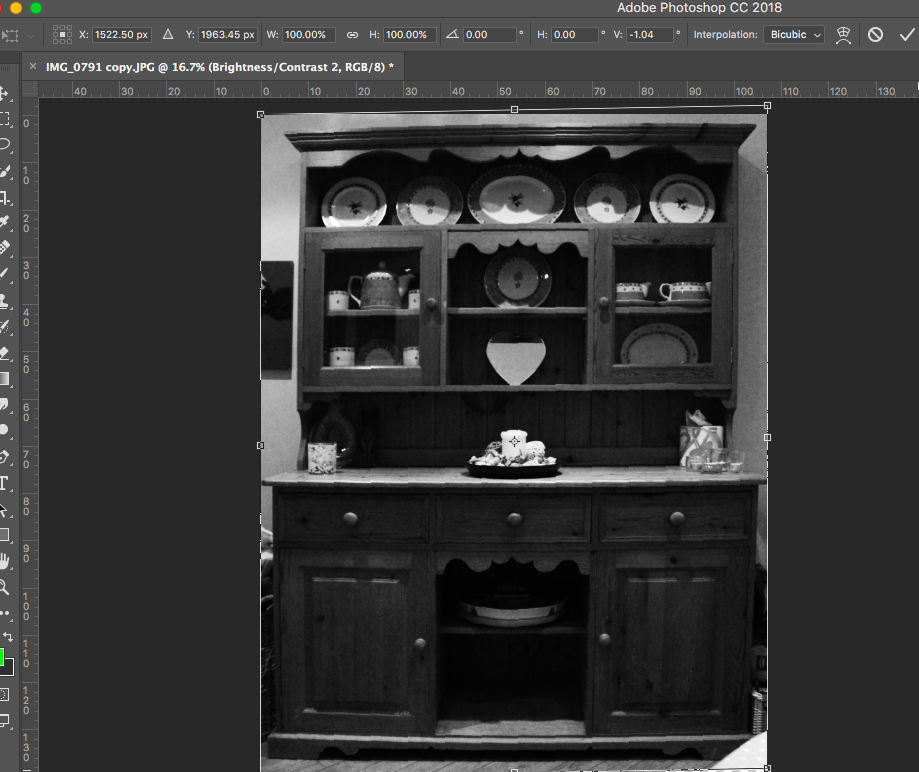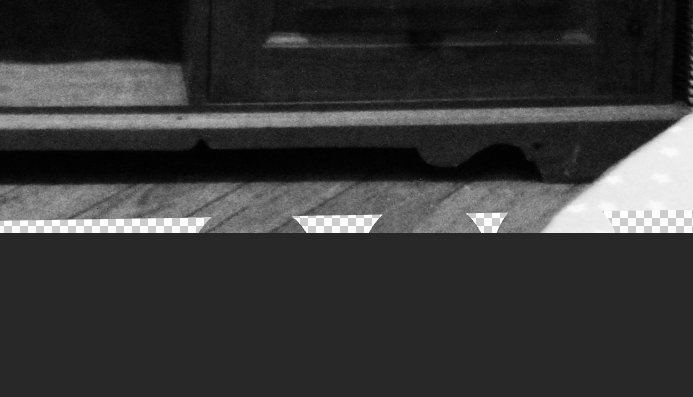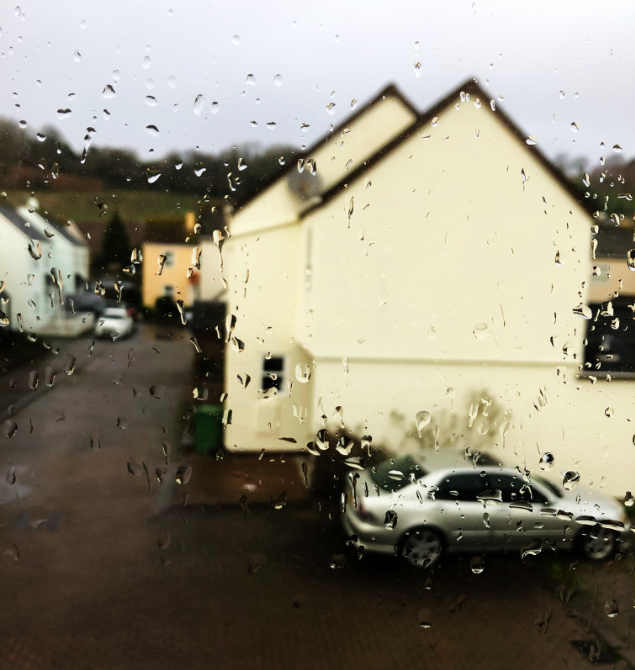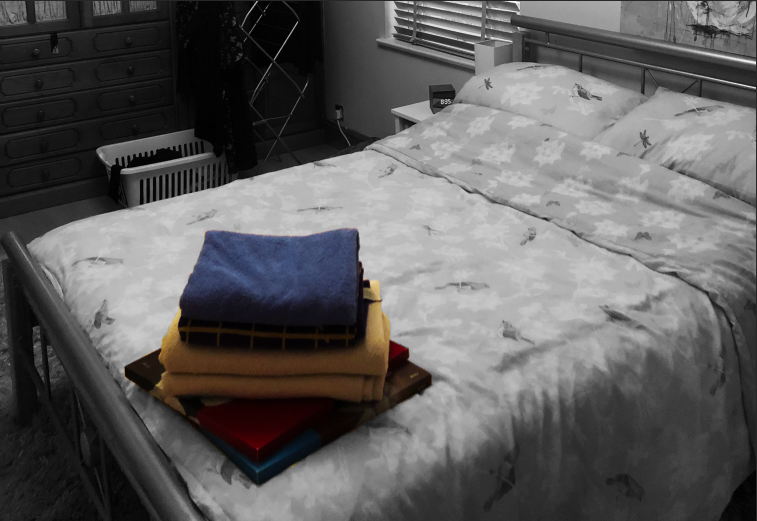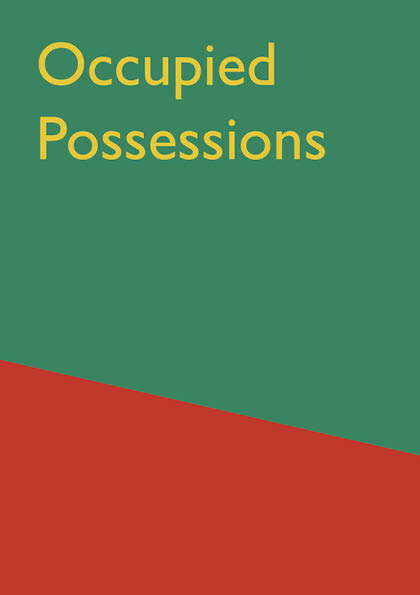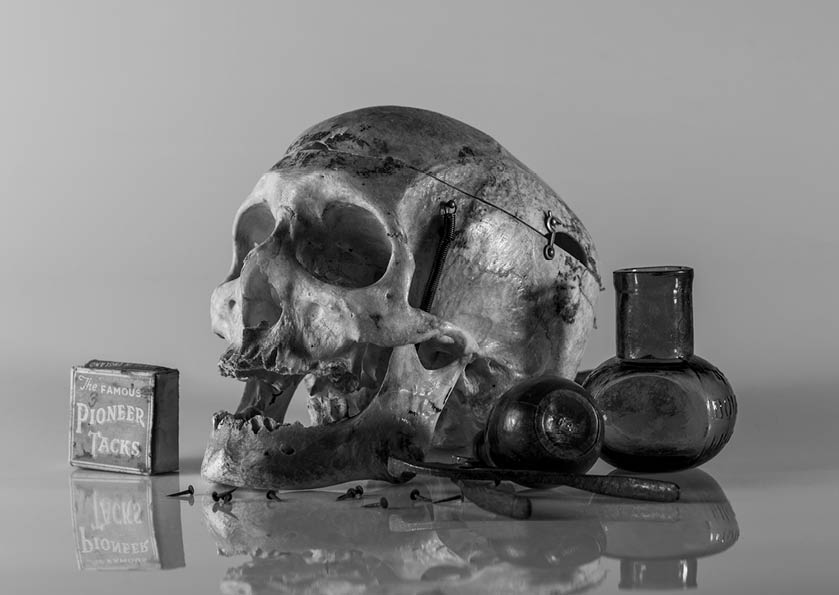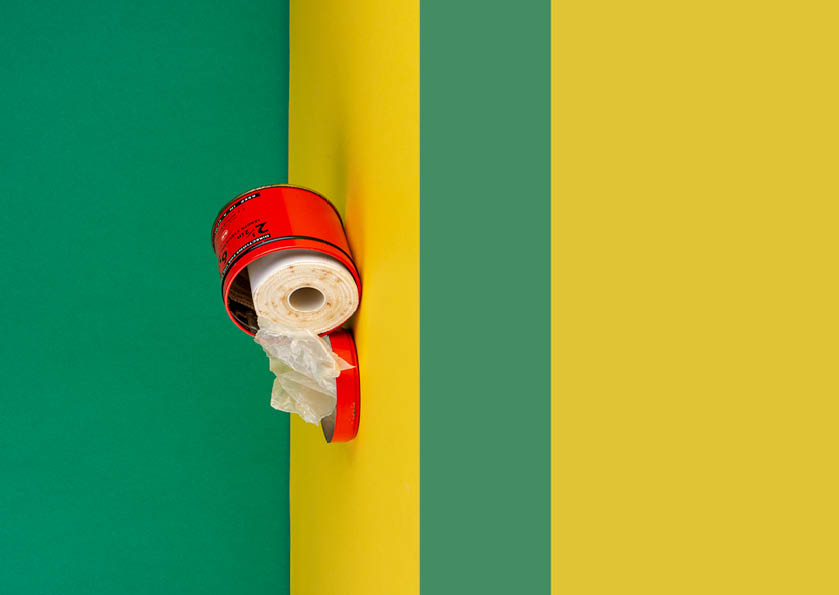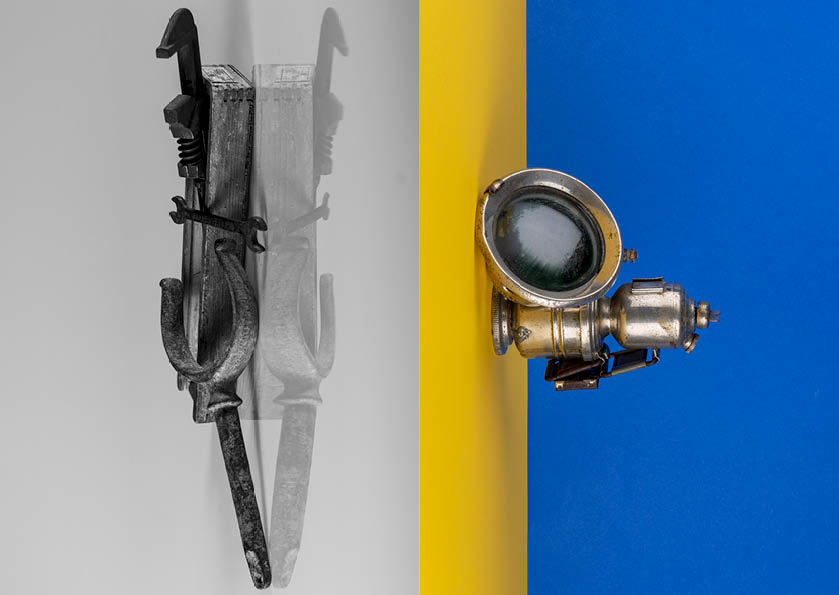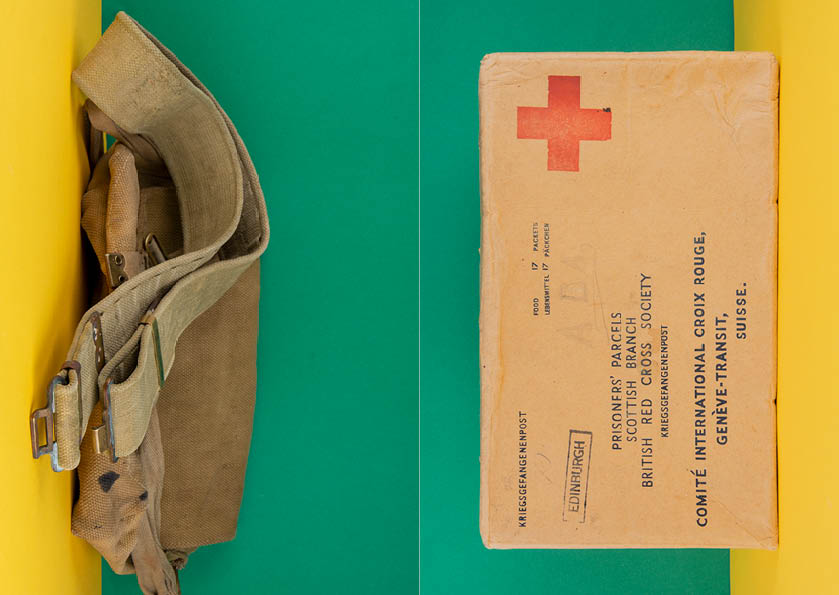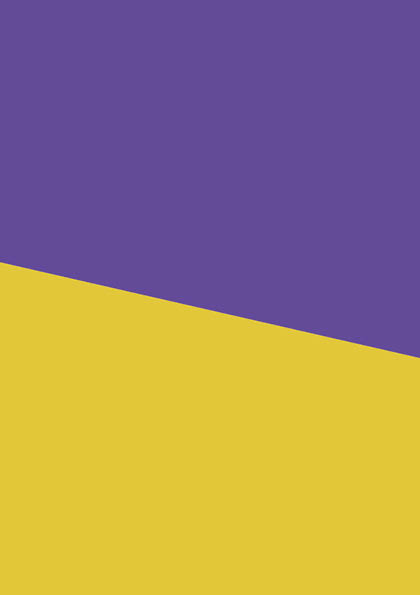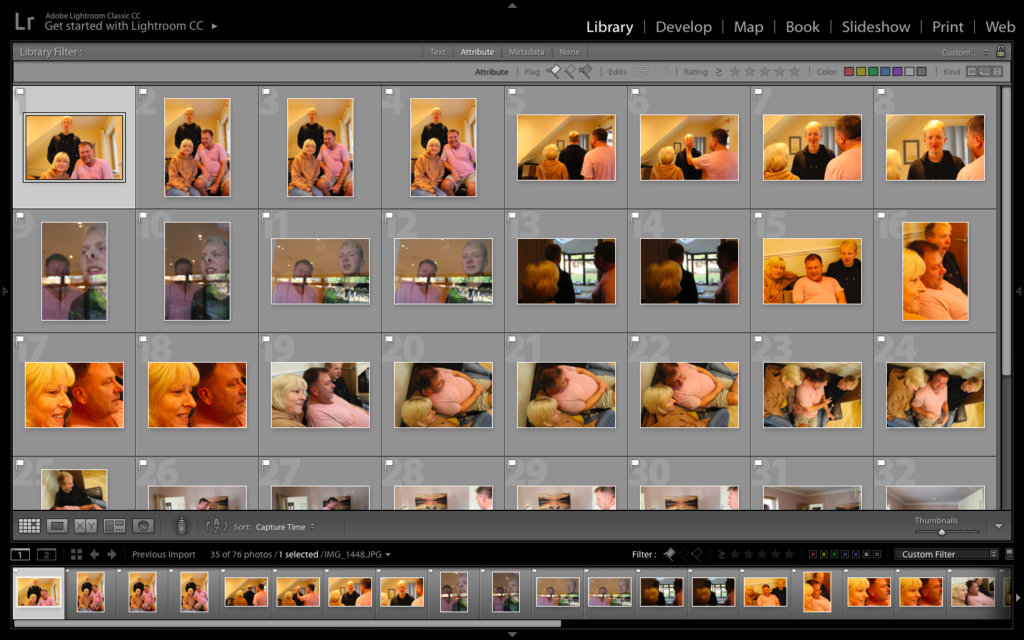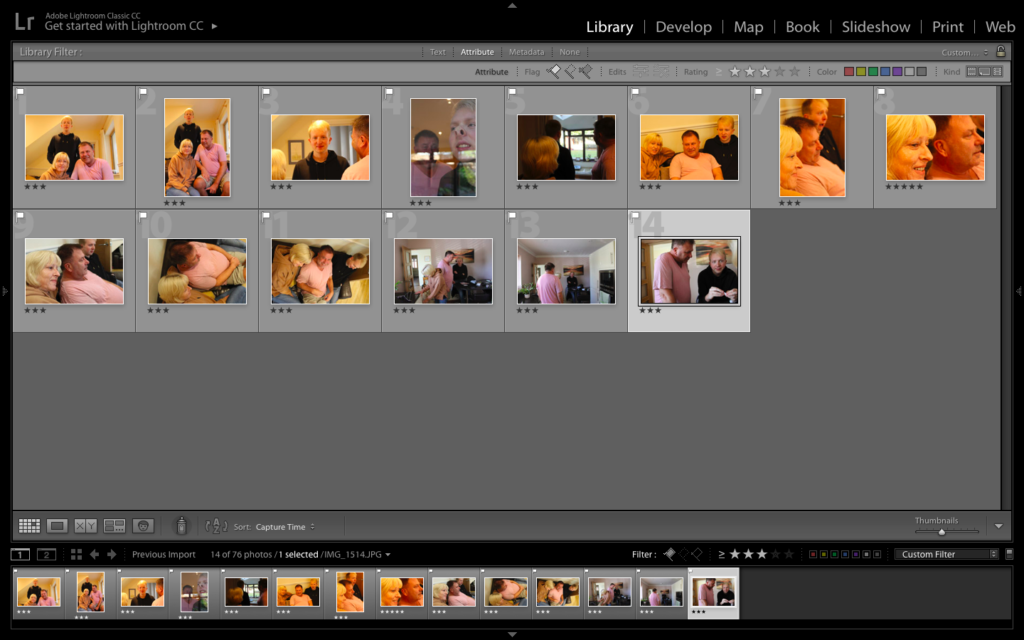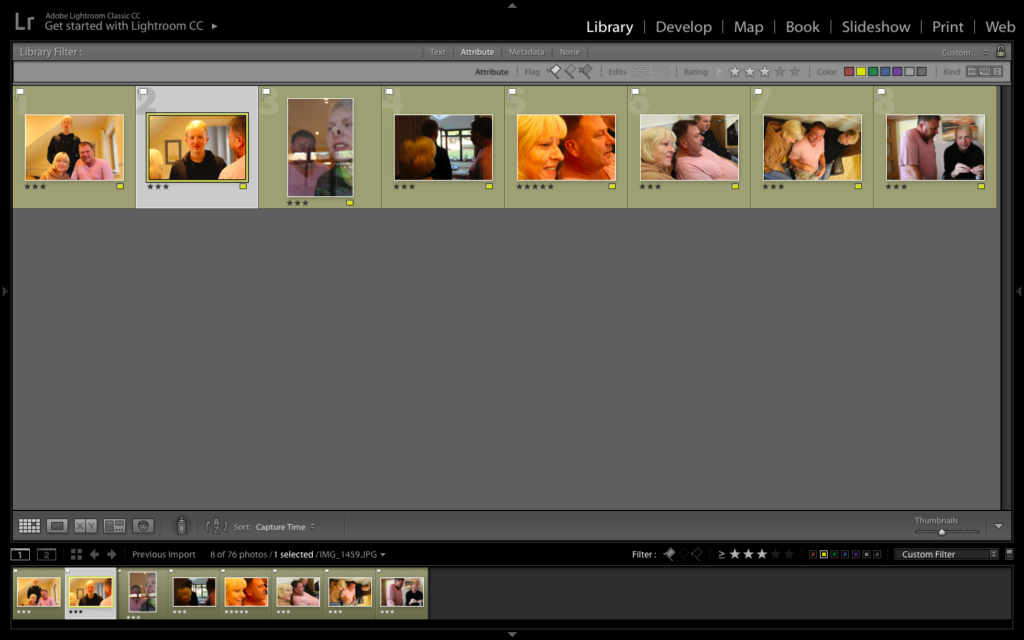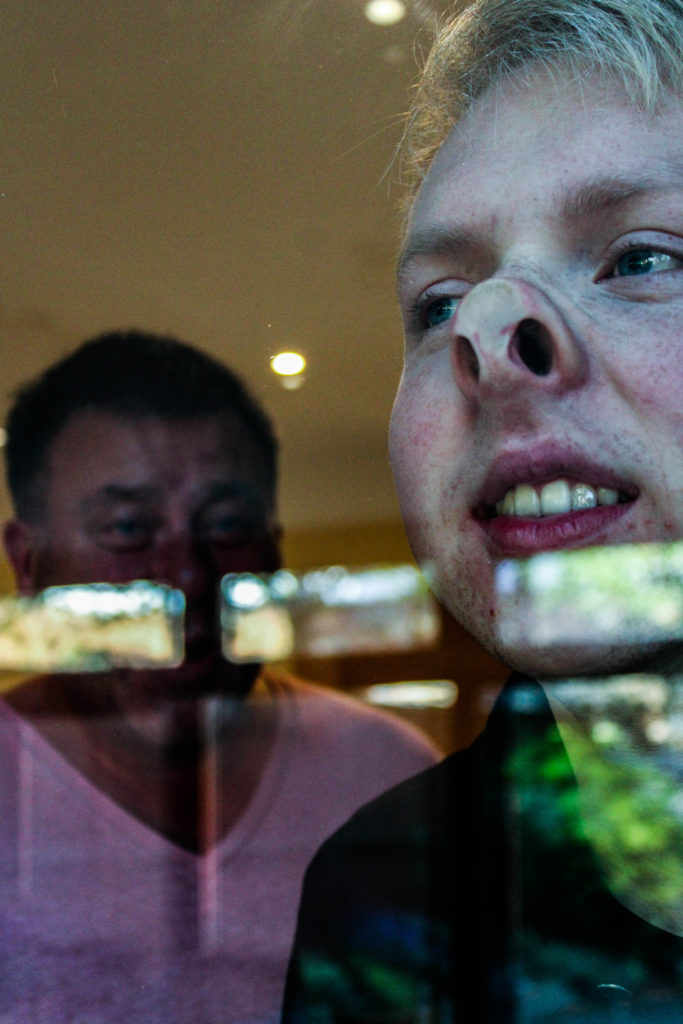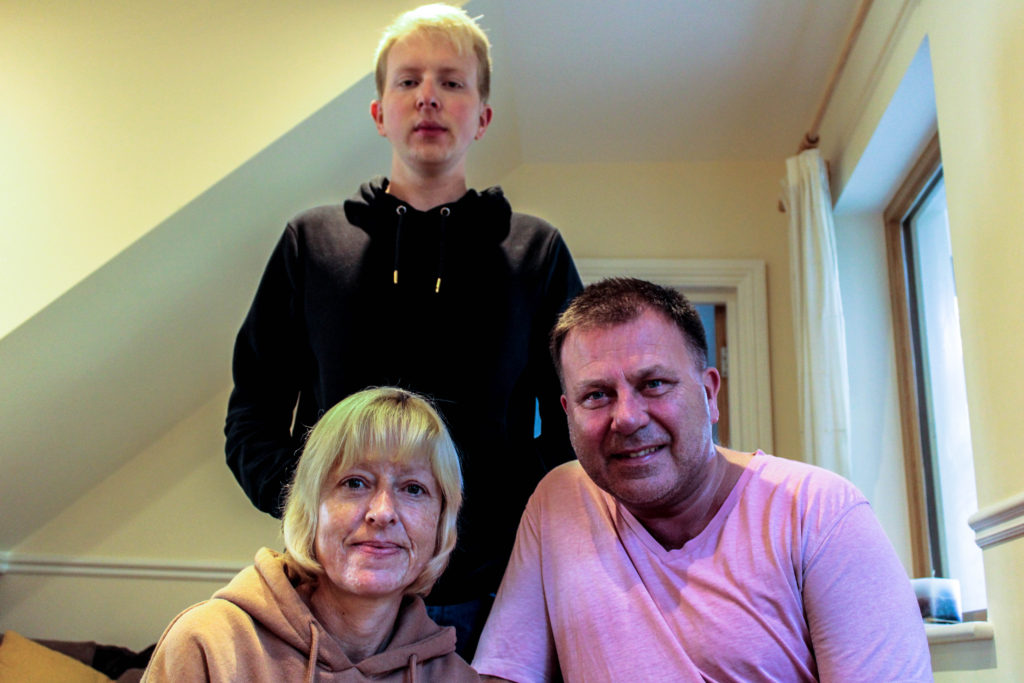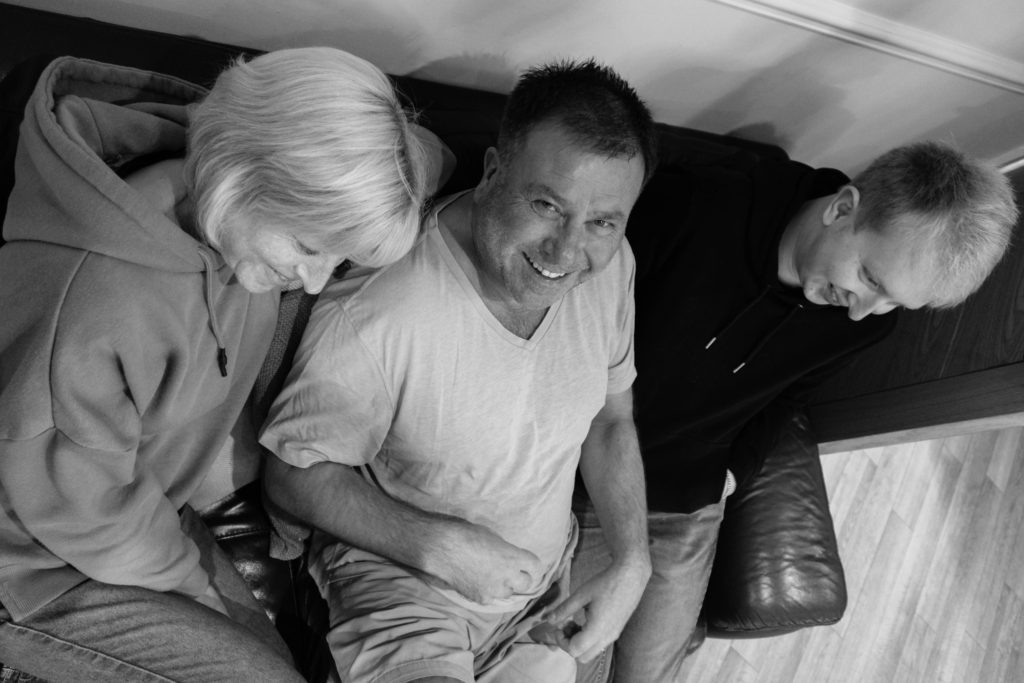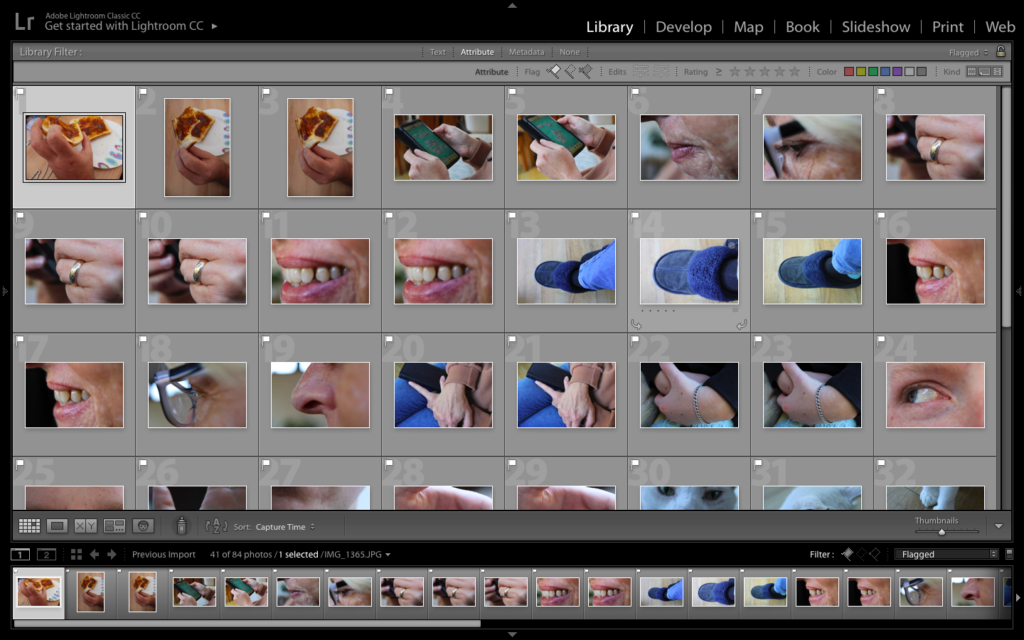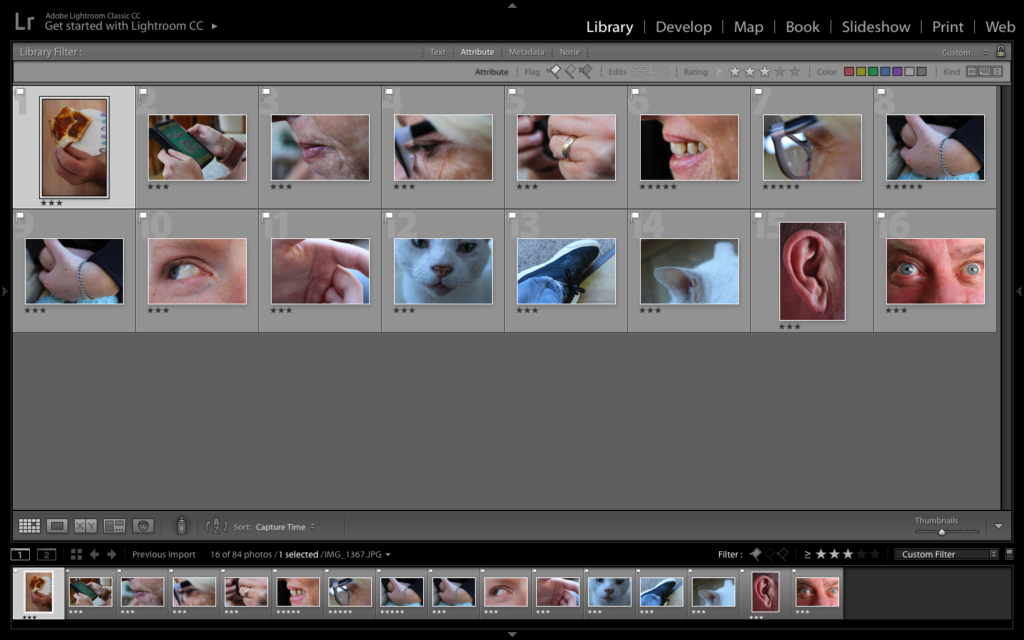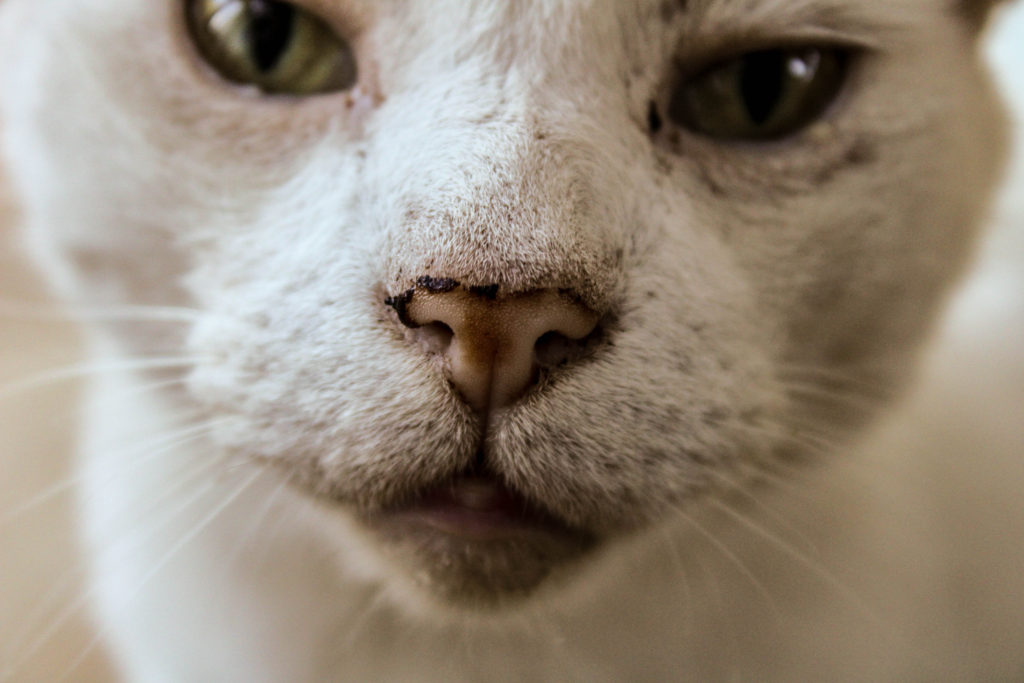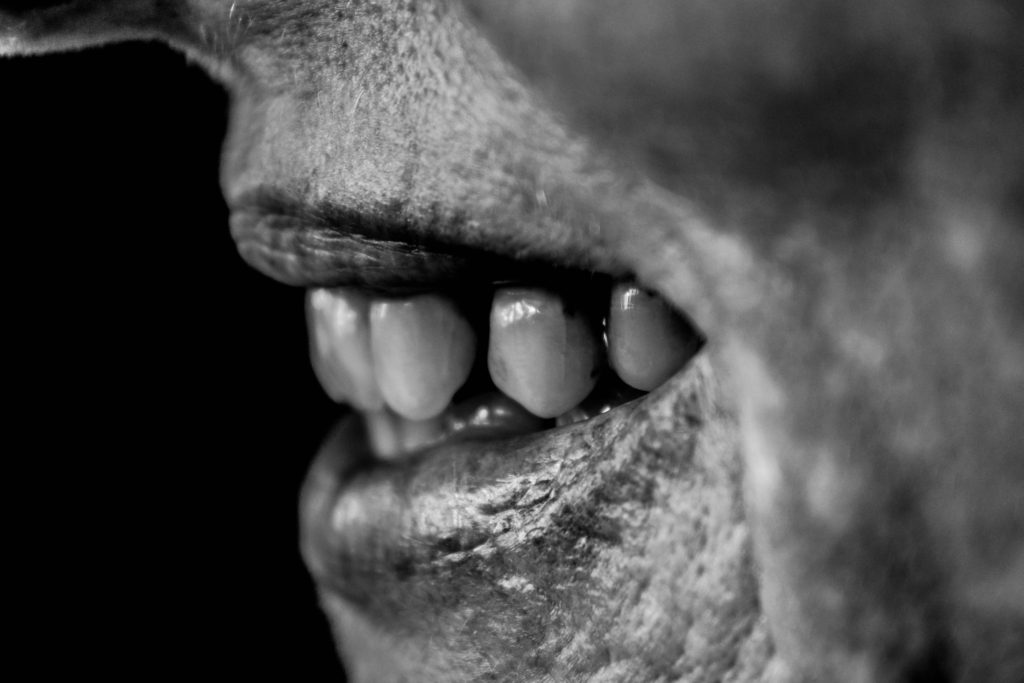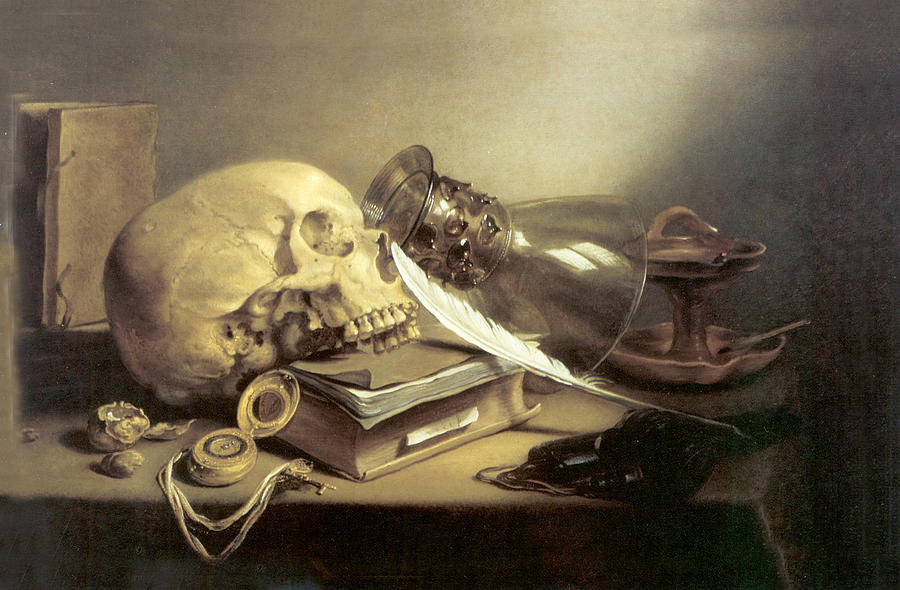RECORDING:
We had to present the Occupation objects from the Jersey Archives in a creative way and use a special still-life table and its translucent backdrop. I photographed the objects using different angles, both from above, side and front. I chose to either photograph each object individually or group together several objects for a more complex still life arrangement.
LIGHTING:
To photograph the Occupation objects in the studio, we experimented with different lighting set-ups, both continuous lights and flash lights. Continuous lighting has studio lights that stay on. You can power them up or down, based on what lighting you need. Flash lighting, lights up when you trigger it. You cannot see how the scene will be captured until the flash is triggered. When it is, a high intensity light will pulse for just a fraction of a section, lighting the scene.
TECHNICAL:
Continuous lights – To photograph objects three dimensionally
- Camera setting: Manual Mode
- ISO: 100
- White Balance: Daylight
- Aperture: F/16
- Shutter: 0.5 sec to 0.8 sec
- Lights in the room had to be switched off to avoid reflections
Flash lights – To photograph images, documents, books, newspapers, etc.
- Camera setting: Manual Mode
- ISO: 100
- White Balance: Daylight
- Aperture: F/16
- Shutter: 1/125 – 1/200
- Flash heads set to power output: 2.0
- Pilot light was used for focusing
EDITING:
After photographing in the studio, I uploaded my images from the photo shoot on to Lightroom and made a rough edit of 6 images. I used the presets Desaturated Contrast, B&W Punch, Warm Contrast and Red Lift Matte. After selecting the filter, I adjusted the contrast, shadows and highlights. I also cropped unwanted areas to centre the Occupation objects in the middle of the frame.
MY RESPONSE:
FIRST PHOTO-SHOOT

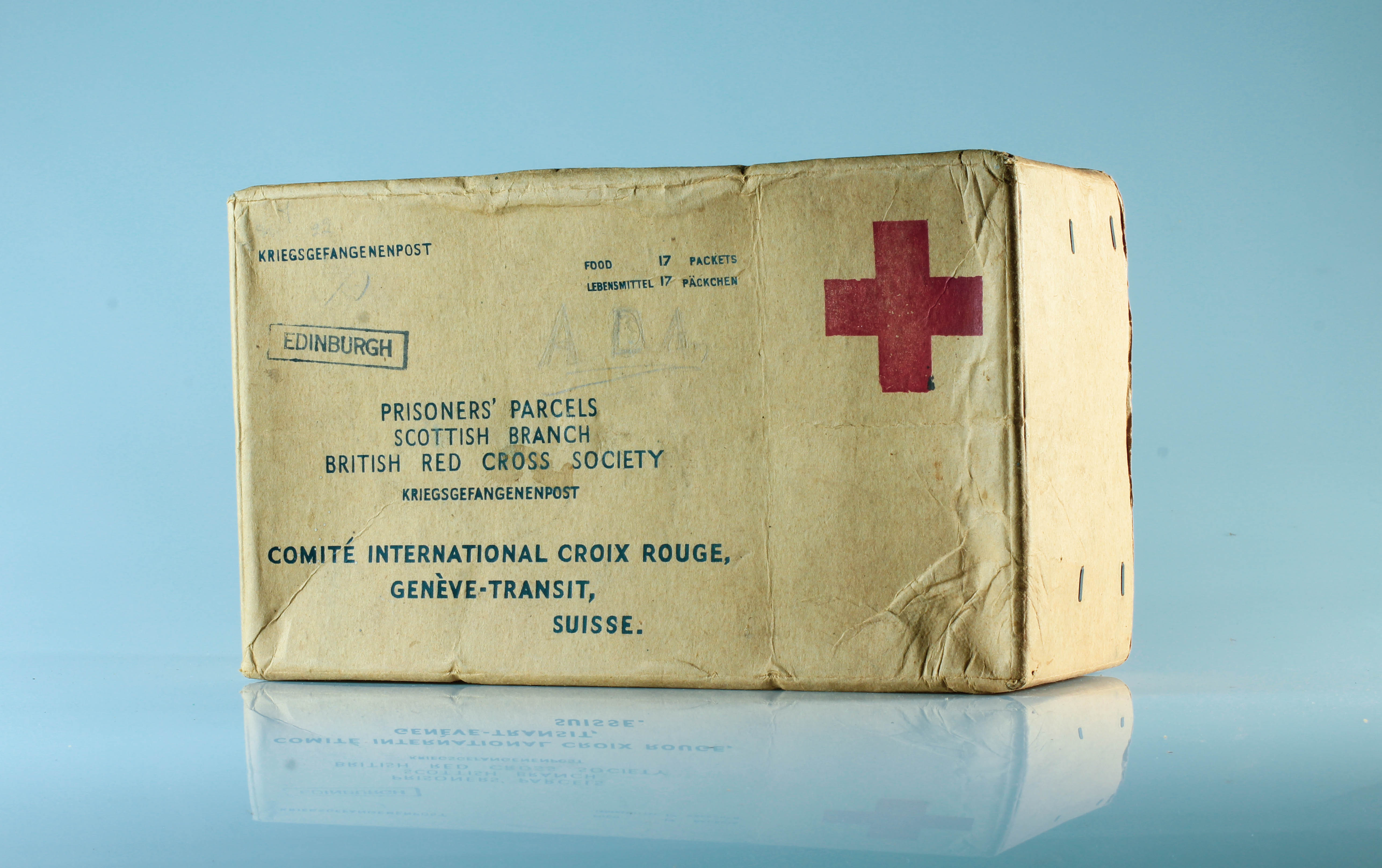

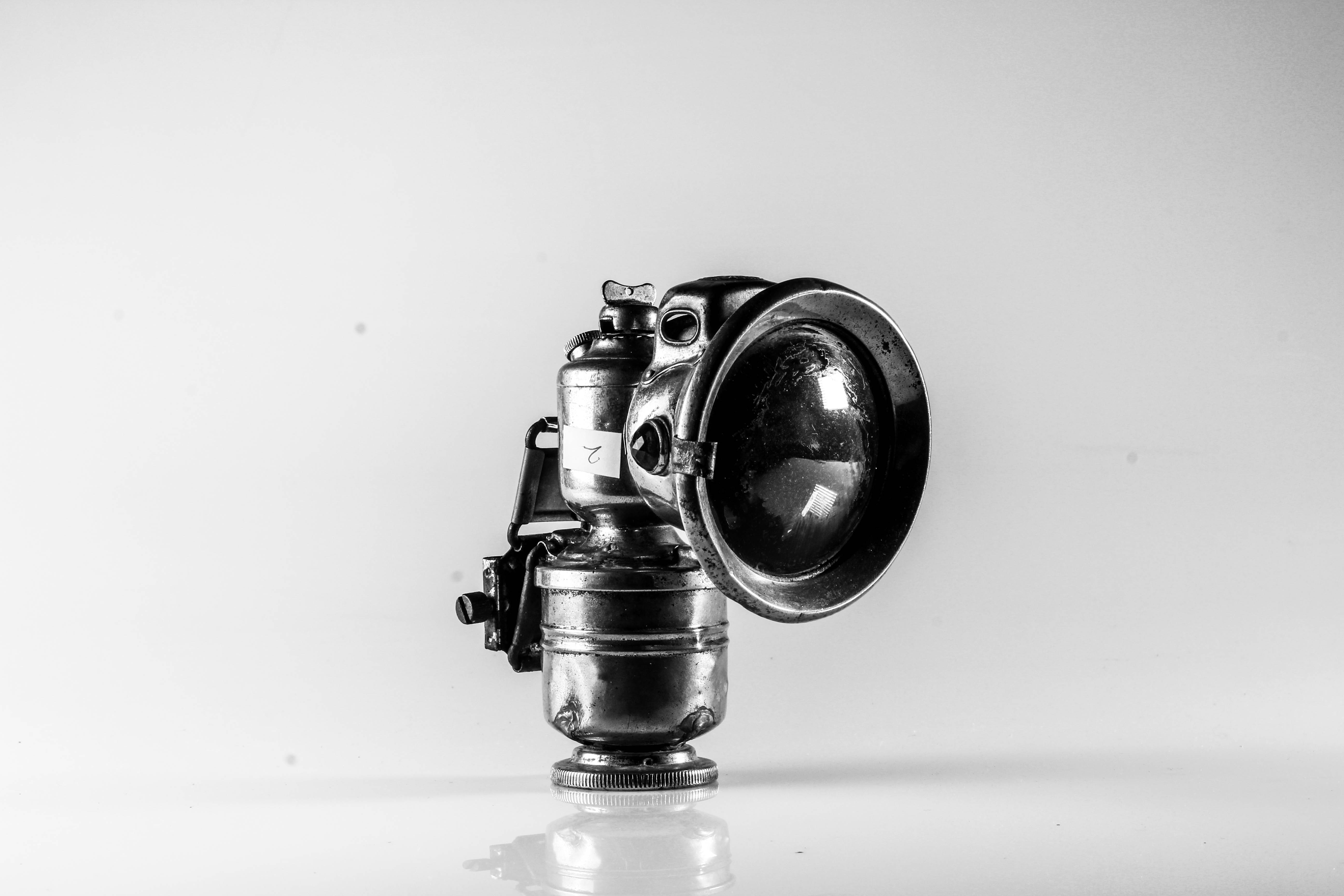

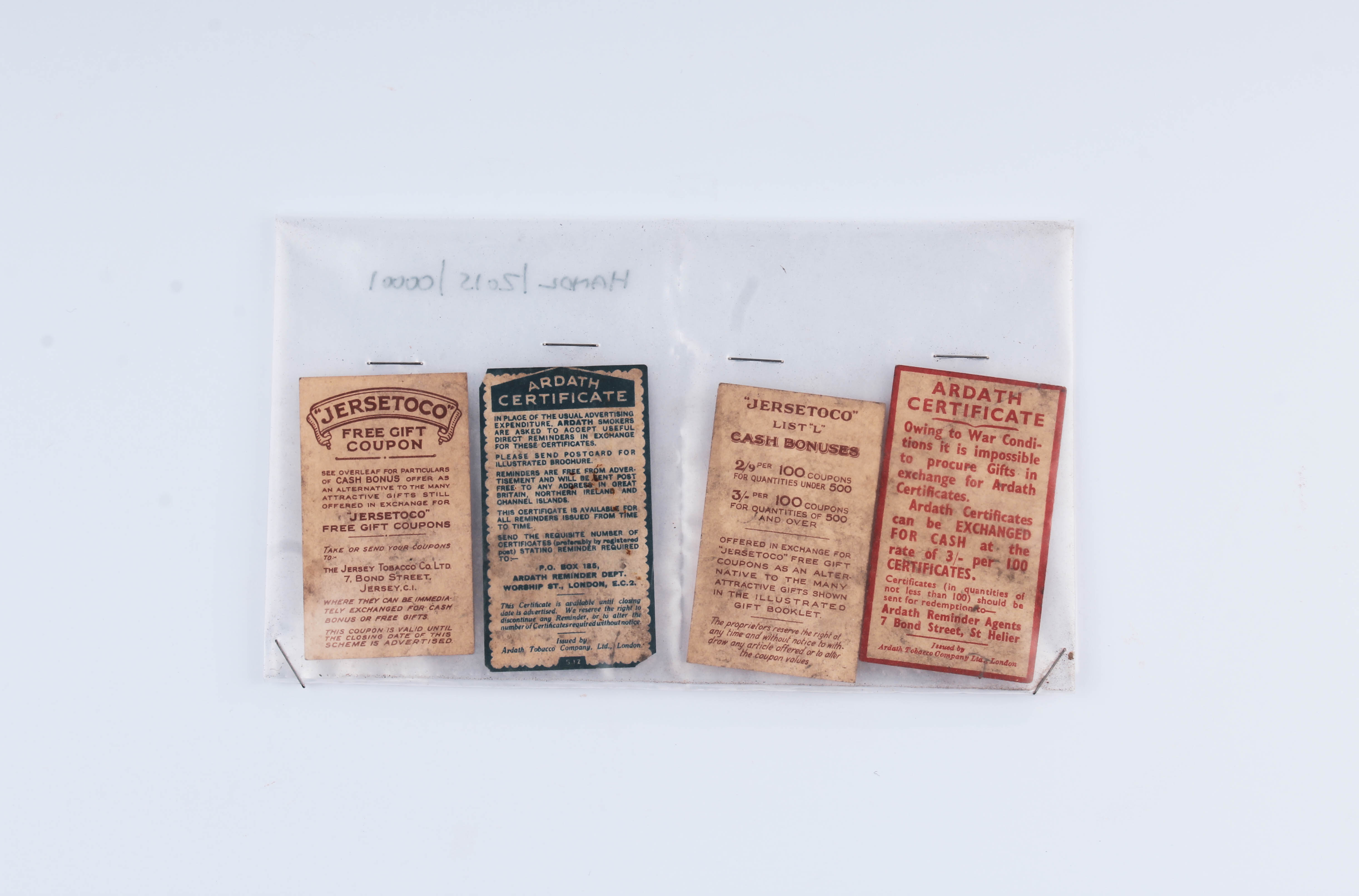

To evaluate my first still life photo-shoot, I believe that I have been able to produce photographs that explore my own style of capturing Occupation objects. I have shot these images using different angles and lighting to contextually showcase the significance of these objects during World War 2. I believe that my outcomes turned out well since they capture the detail and textures of the objects. The minimal editing and central framing helps to draw the viewer’s attention, further emphasising the point that these items are of importance.
SECOND PHOTO-SHOOT
For my second photo-shoot, I decided to capture photos with a contemporary approach by using coloured backdrops which has been inspired by Rafal Milach’s work. Using his photographic style has allowed me to further develop my response to still life Occupation objects. Below are my 5 final outcomes for the colour photo-shoot that have been edited on Lightroom to enhance the saturation of backgrounds. I love how the coloured edits turned out because it makes the objects appear childish, as if it was a toy. This juxtaposes and camouflages the serious subject matter of World War 2.

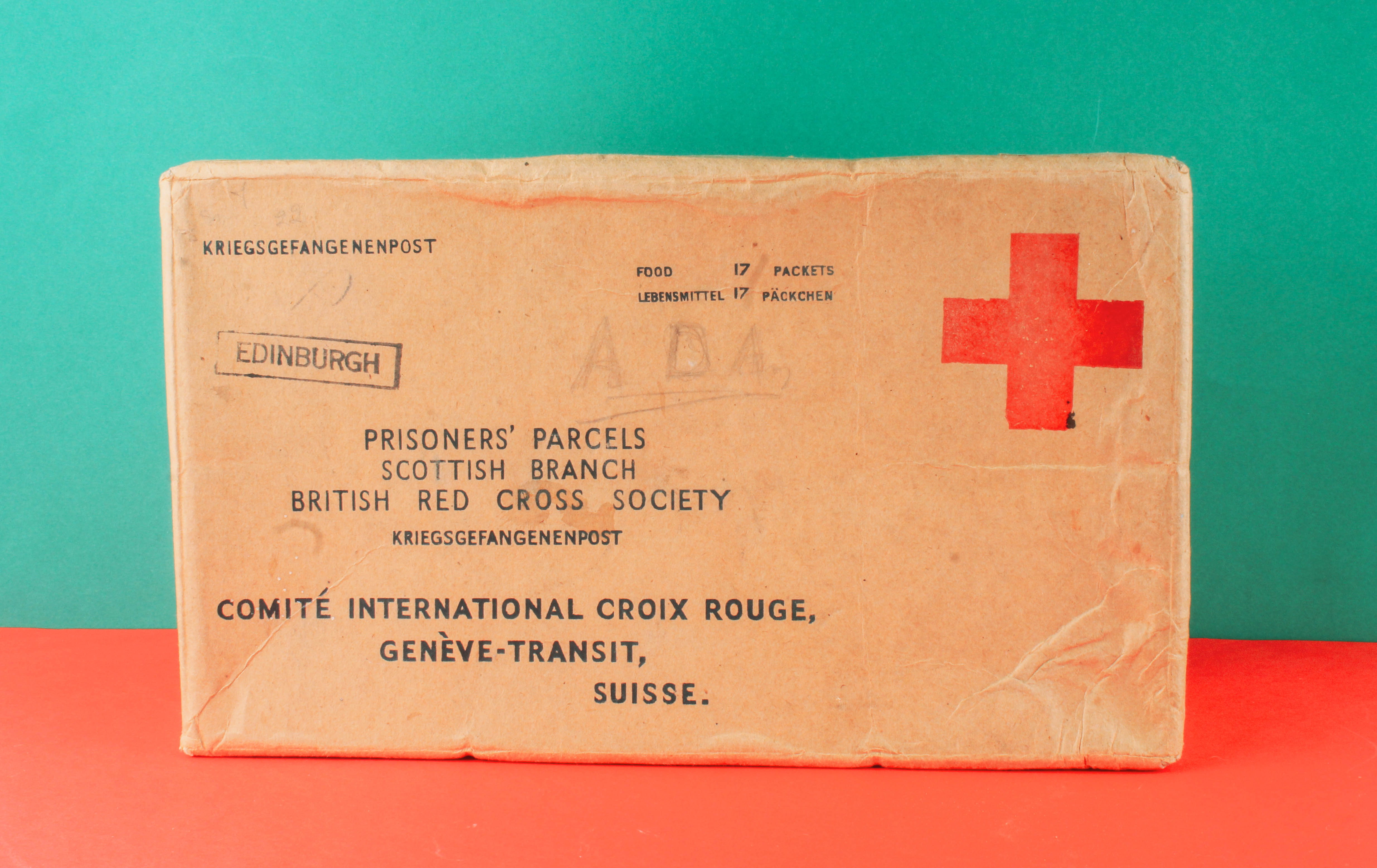

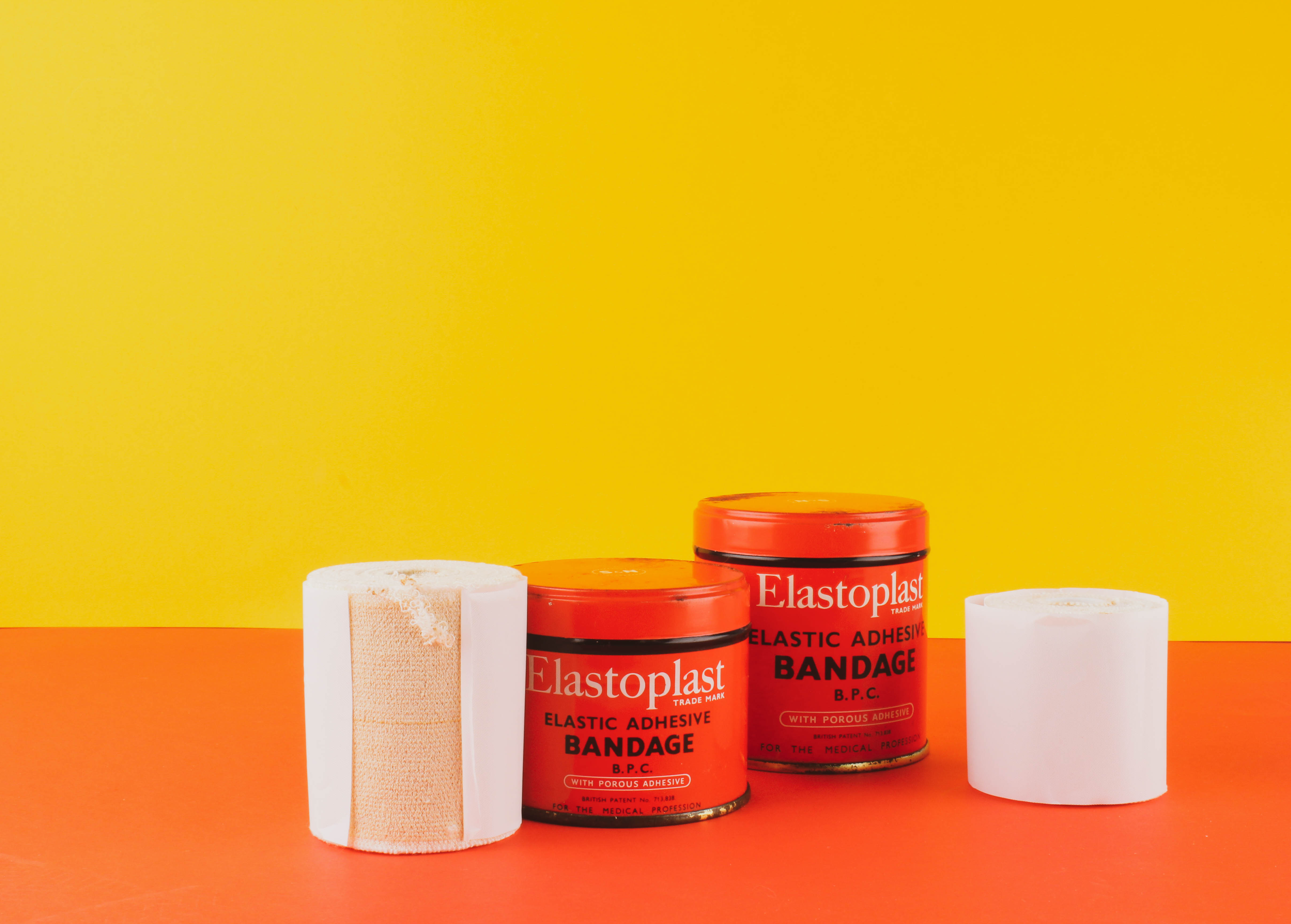

To evaluate I believe that I have produced imagery which clearly conveys my own understanding of Rafal Milach’s work and my ability to apply his photomontage style into my own photographs. This new way of capturing still life Occupation objects has furthered my exploration since I am now presenting coloured outcomes which creates a strong link to Milach’s work.

